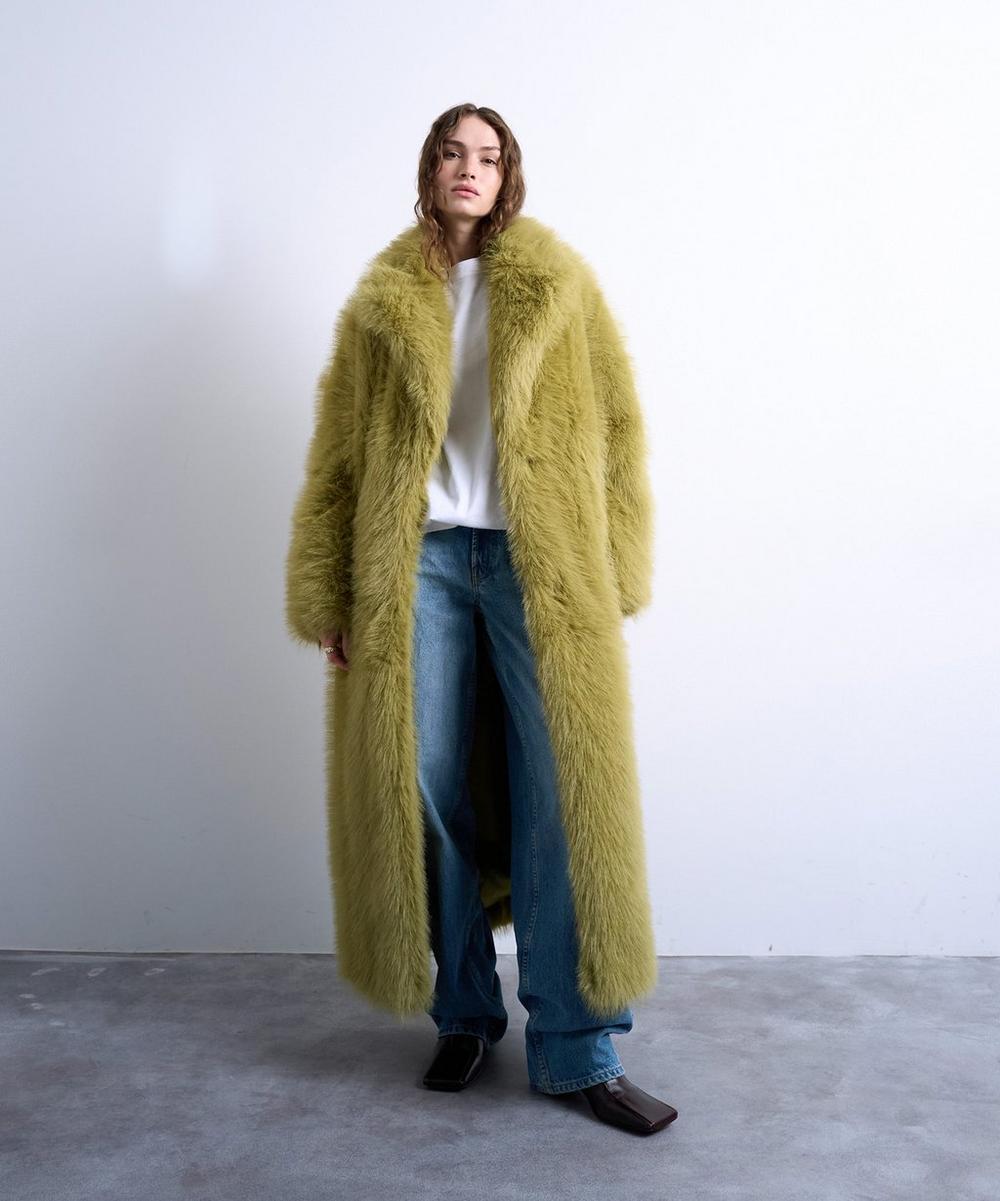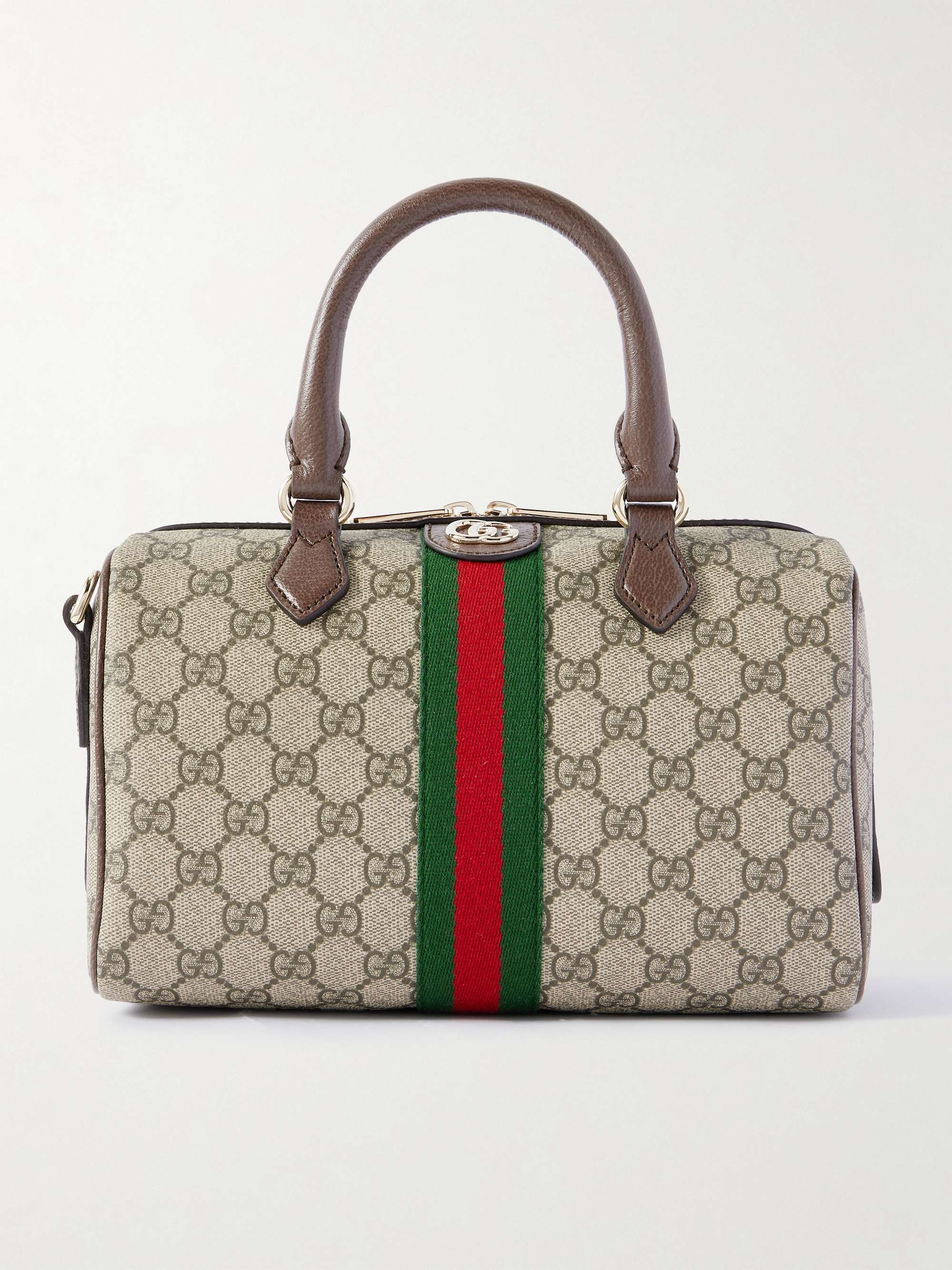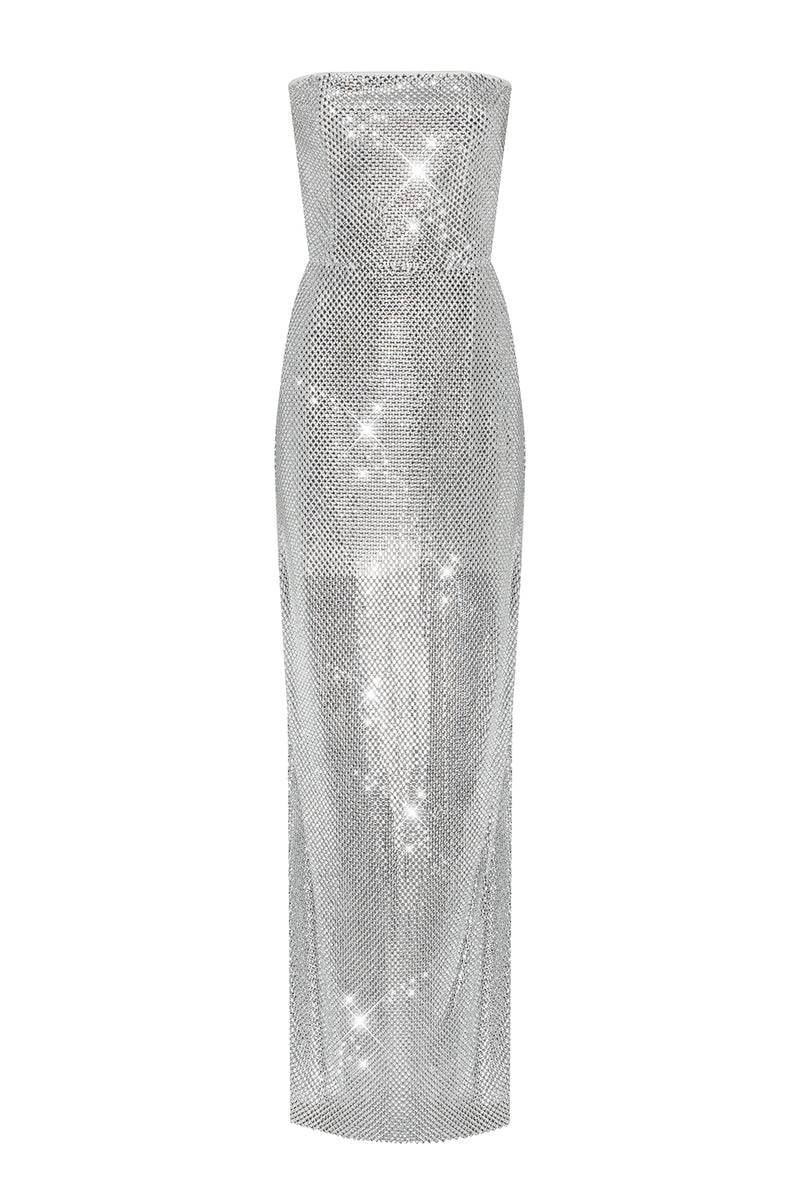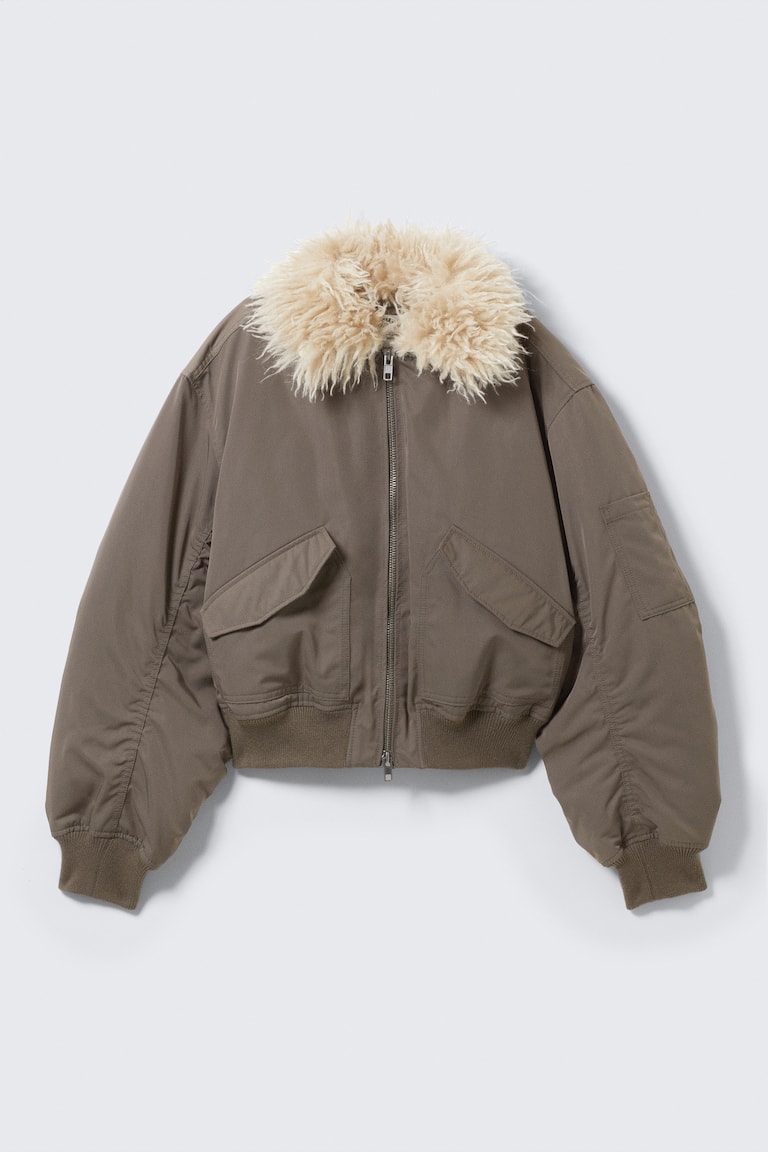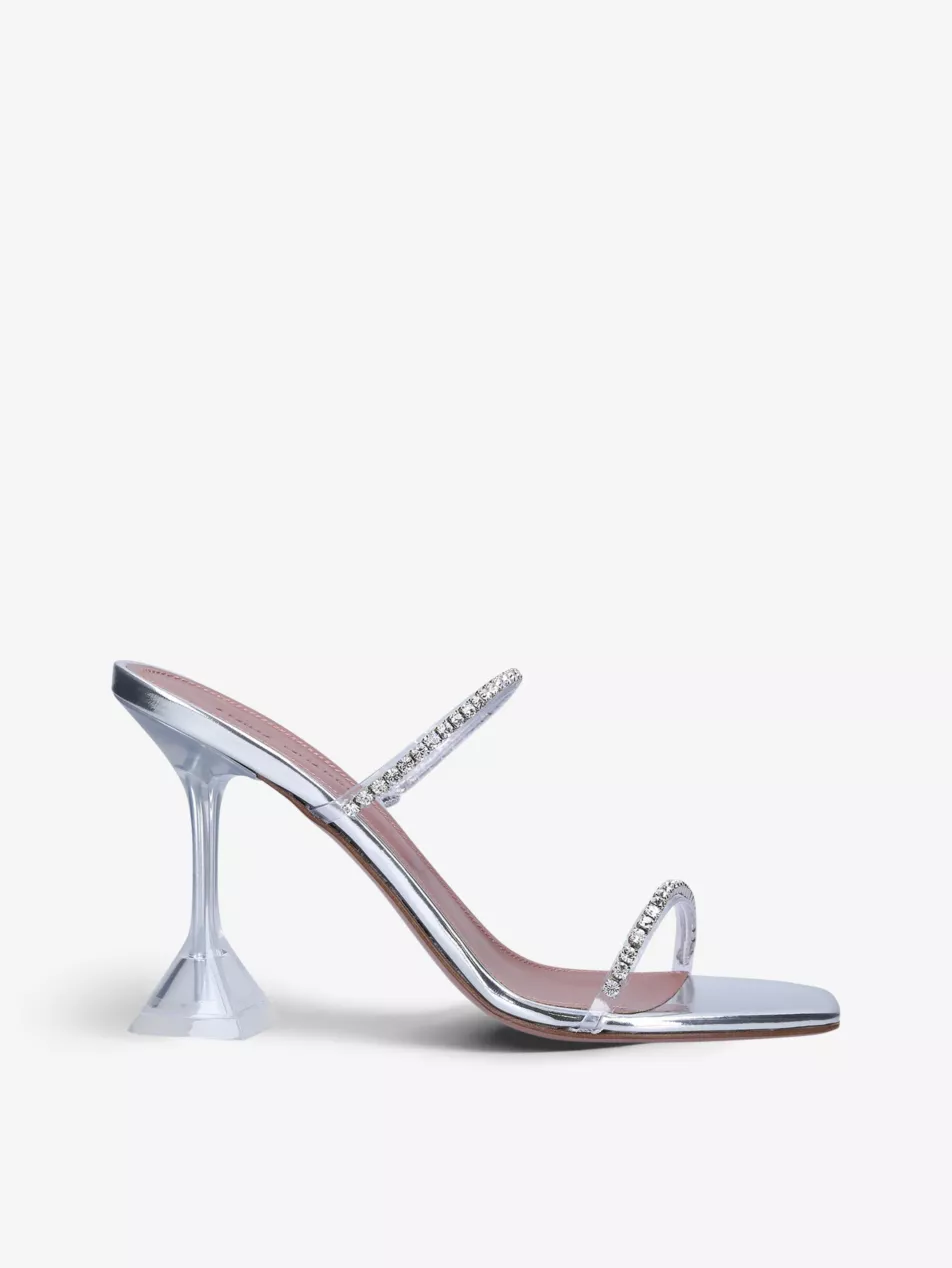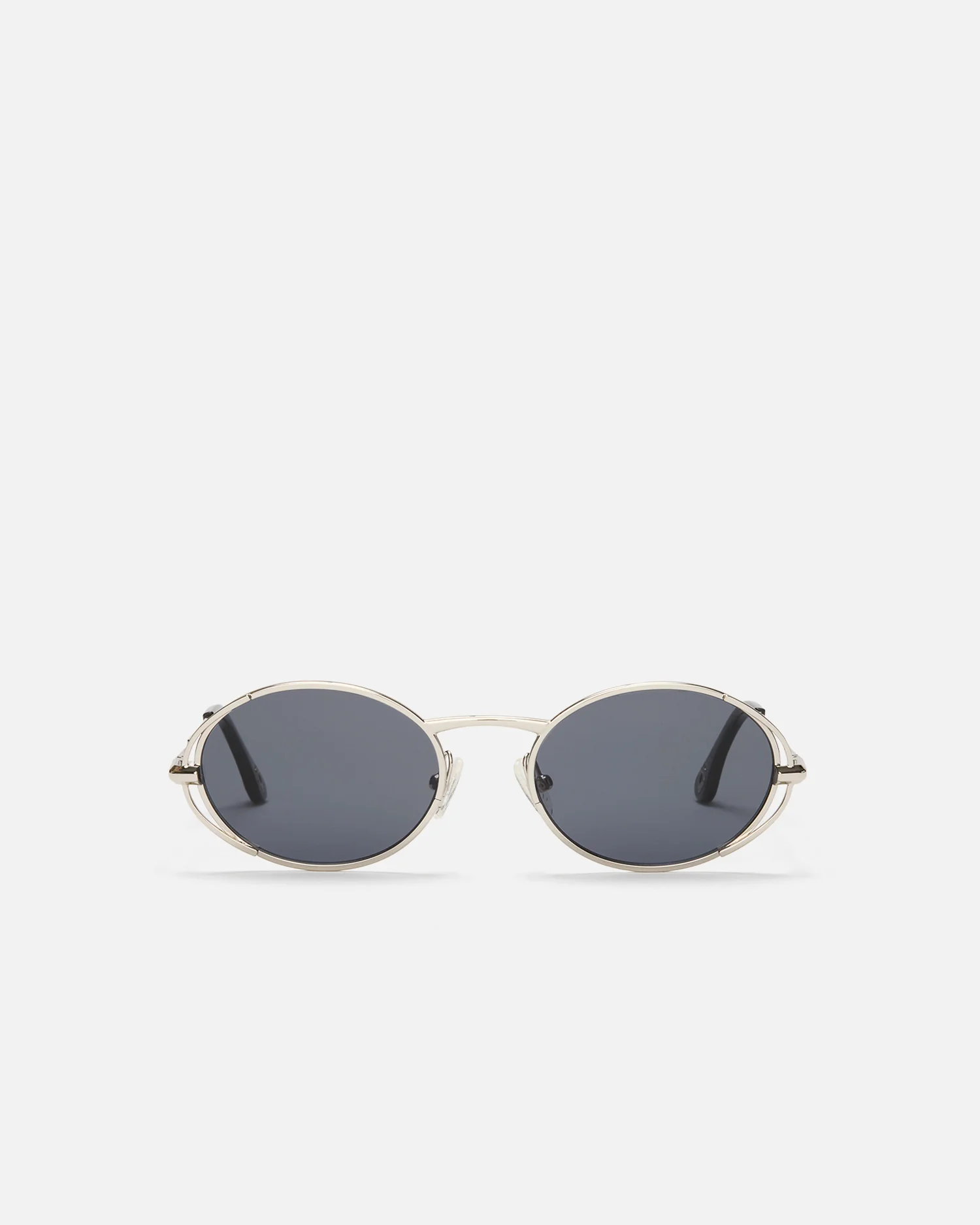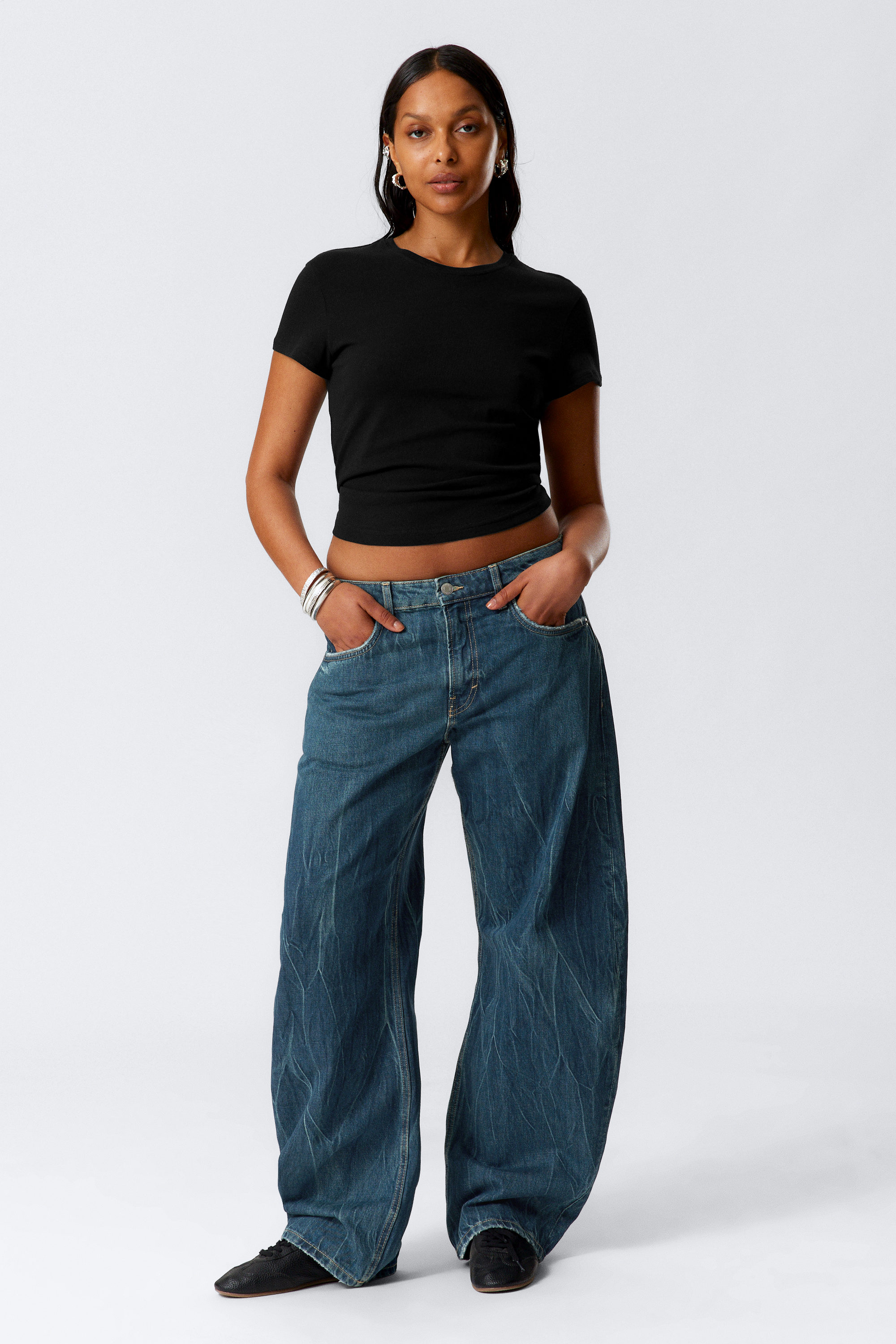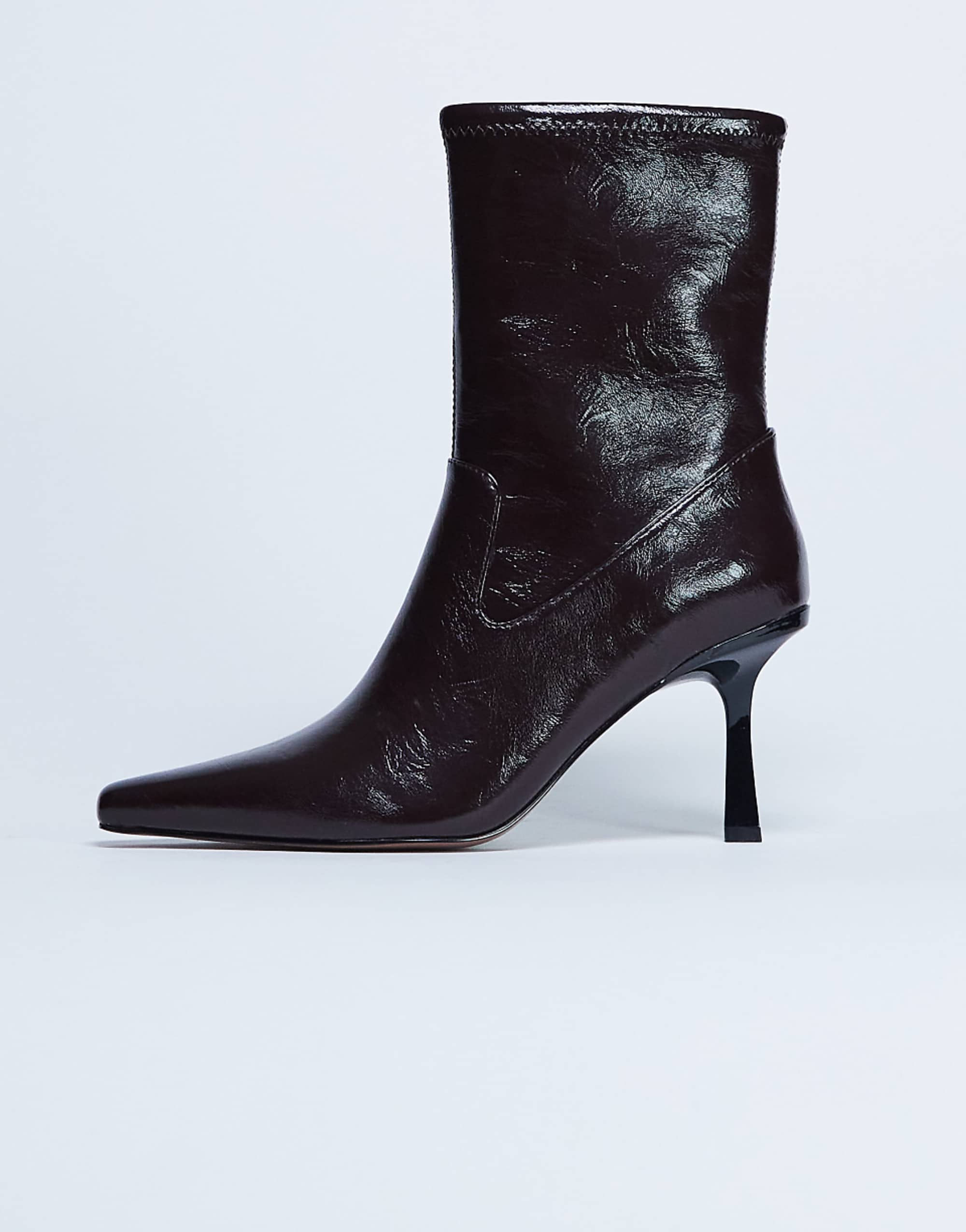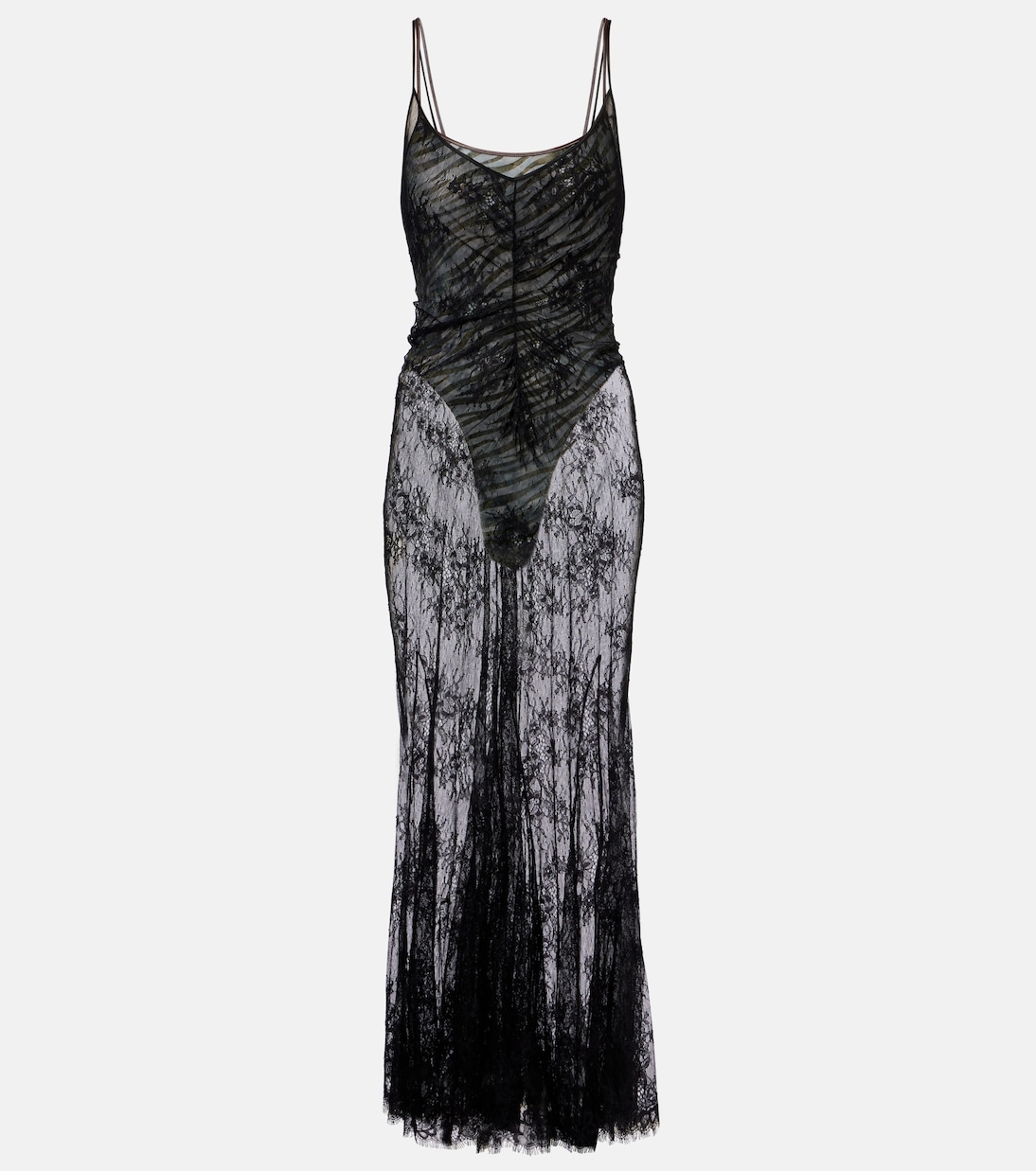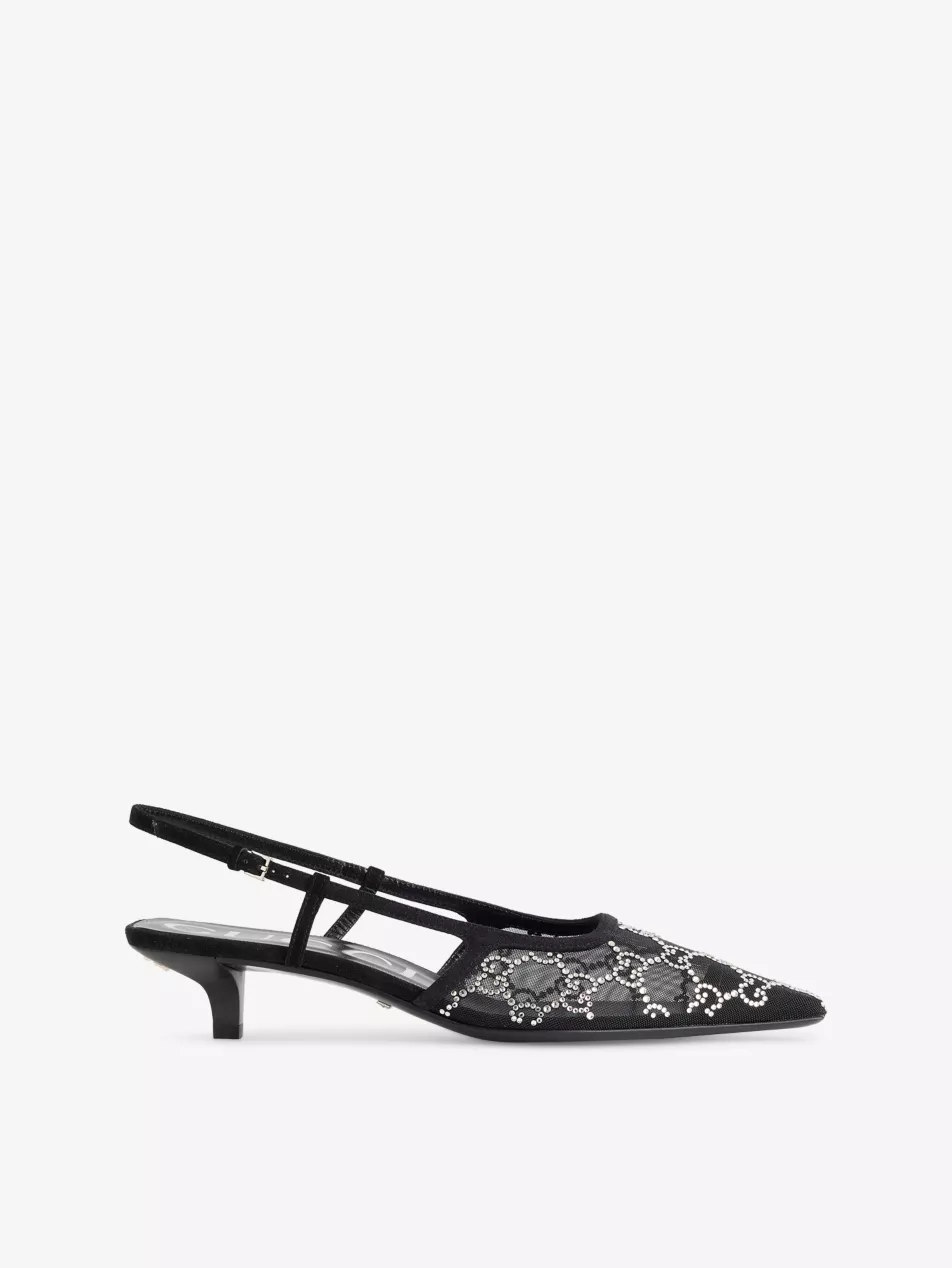Rihanna’s Style Evolution: From Island Girl to Fashion Vanguard
The Barbadian singer, entrepreneur, and mogul has transformed personal style into a global statement of power, identity, and cultural defiance
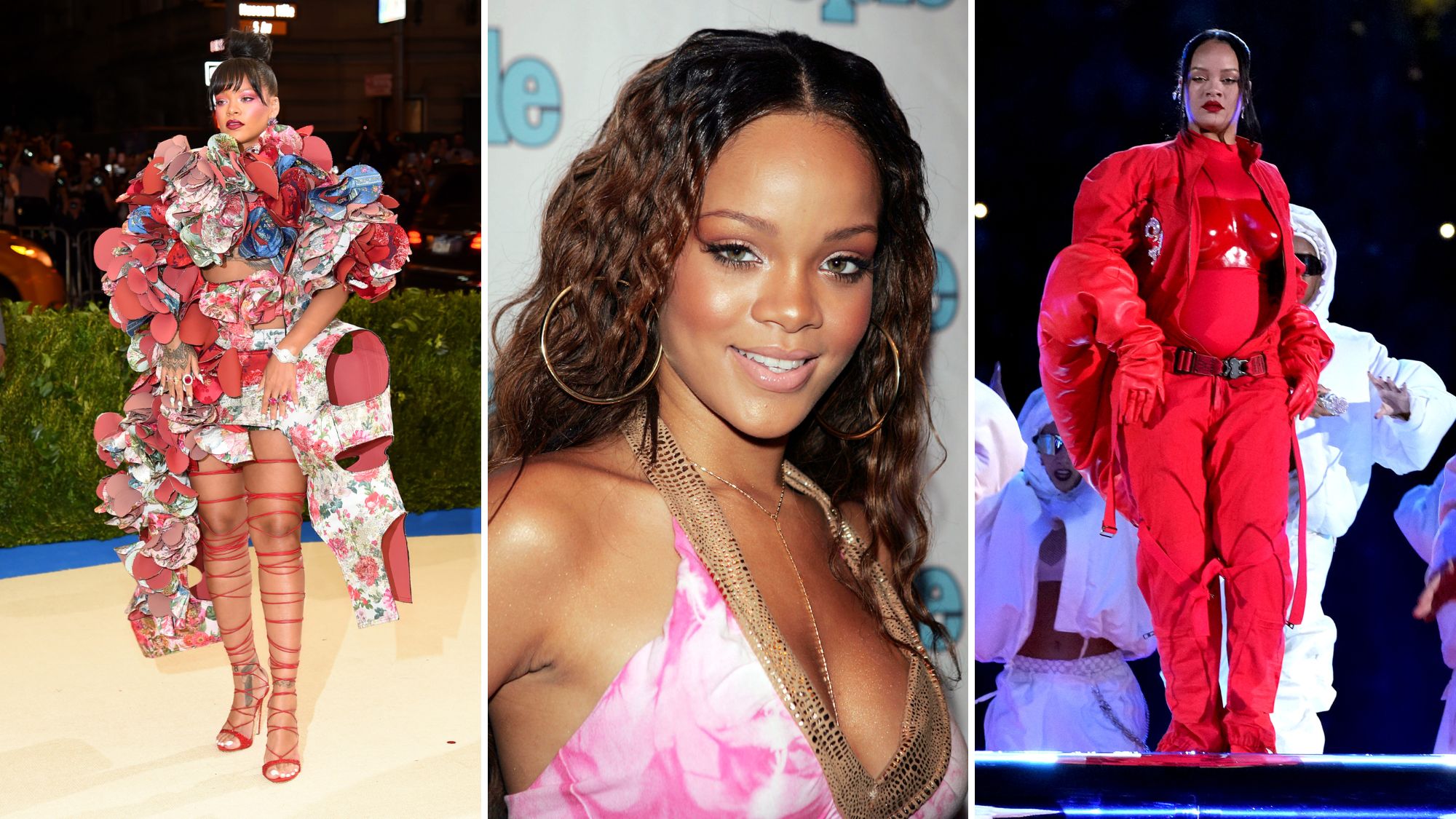

Rihanna knows how to turn an everyday occasion into a moment. Okay, perhaps announcing the birth of your baby girl isn’t exactly a daily occurrence, but it’s a fairly standard practice. Except, of course, when Rihanna is involved.
In the announcement photo, Rihanna cradles newborn Rocki Irish Mayers, both mother and daughter are draped in swathes of sweet pink. Oversized ballet slipper-pink bows trace Rihanna’s upper arms, matching the onesie and frilly lace socks worn by her daughter. The accessories, too, are symbolic: a rose-gold Audemars Piguet watch (with a cool $100,000 price tag on the resale market) with a pink dial, and a custom yellow-gold “Mom” ring.
The look doesn’t even comprise any actual clothes, and yet, as soon as it was uploaded to Instagram, it became a fashion moment (there are over 200,000 comments alone at the time of writing). This is the power of Rihanna.
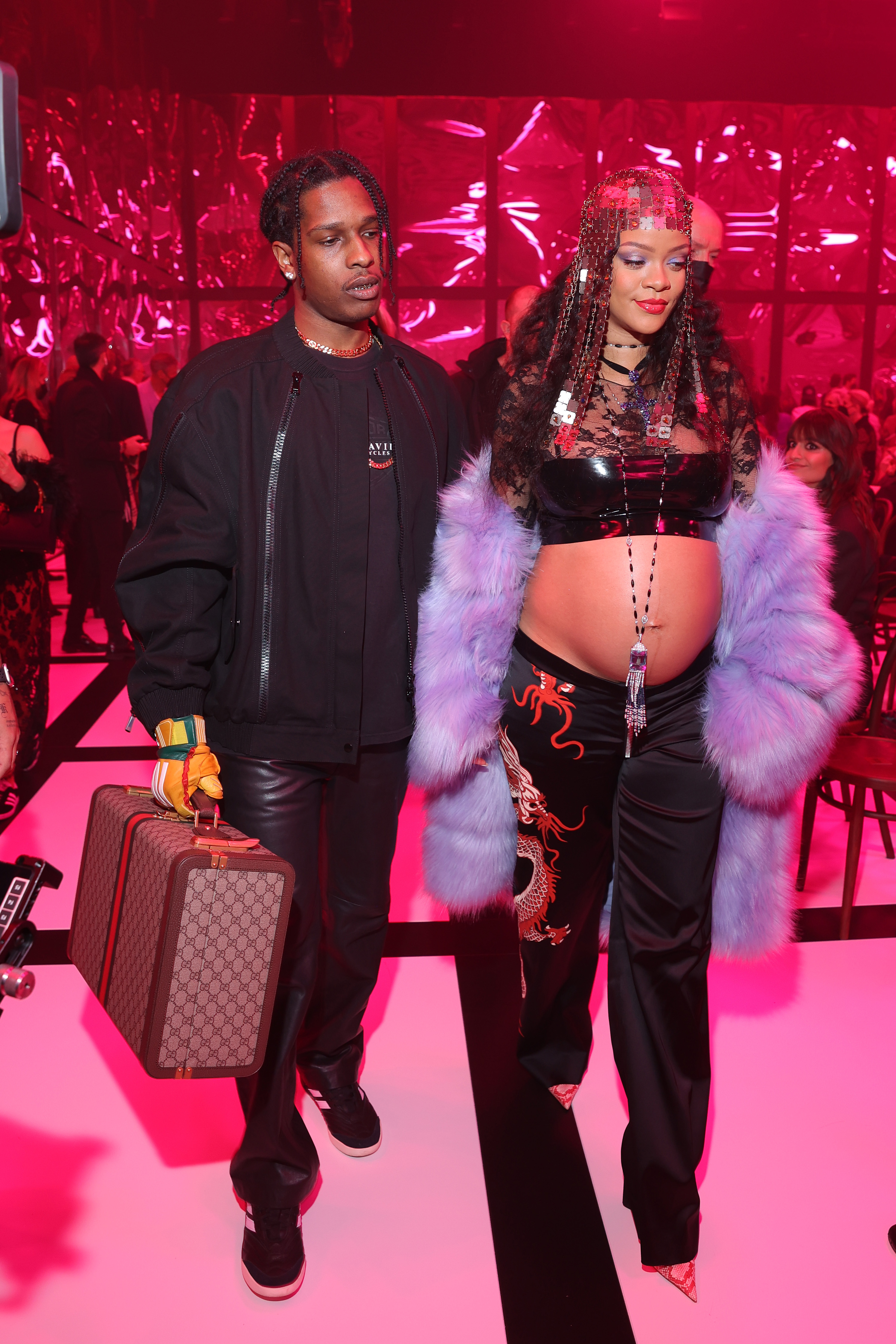
Asap Rocky and Rihanna at the Gucci show during Milan Fashion Week Fall/Winter 2022/23 on February 25, 2022 in Milan, Italy. (Photo by Victor Boyko/Getty Images for Gucci)
Few women have reshaped the visual language of celebrity quite like her. Since she first stepped onto the world stage in 2005, the Barbadian singer, entrepreneur, and mogul has transformed herself from a beachy pop ingénue into one of the most fearless and genre-defying fashion figures of her generation. What she wears is never just clothing: it’s commentary, power, rebellion, and, as this most recent announcement shows, history.
From the low-slung jeans and baby tees of her early music videos to her Vatican-inspired Met Gala grandeur (and that majestic—and meme-ified—Guo Pei gown), Rihanna has always been more about creating trends than wearing them. In doing so, she has come to embody the ways in which fashion can be wielded as both self-expression and cultural disruption.
Here, we chart her stratospheric style evolution.
Rihanna from 2005–2008
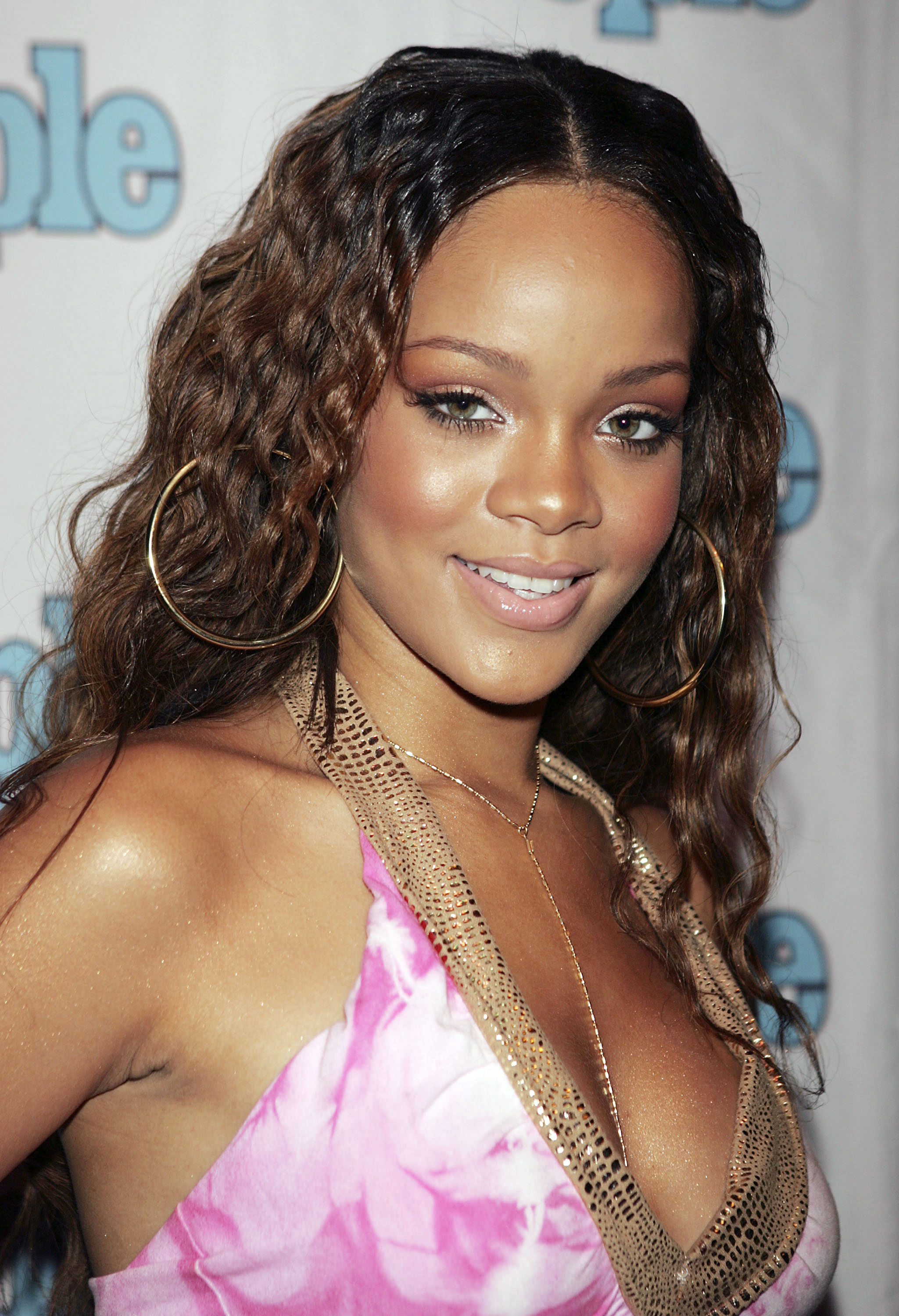
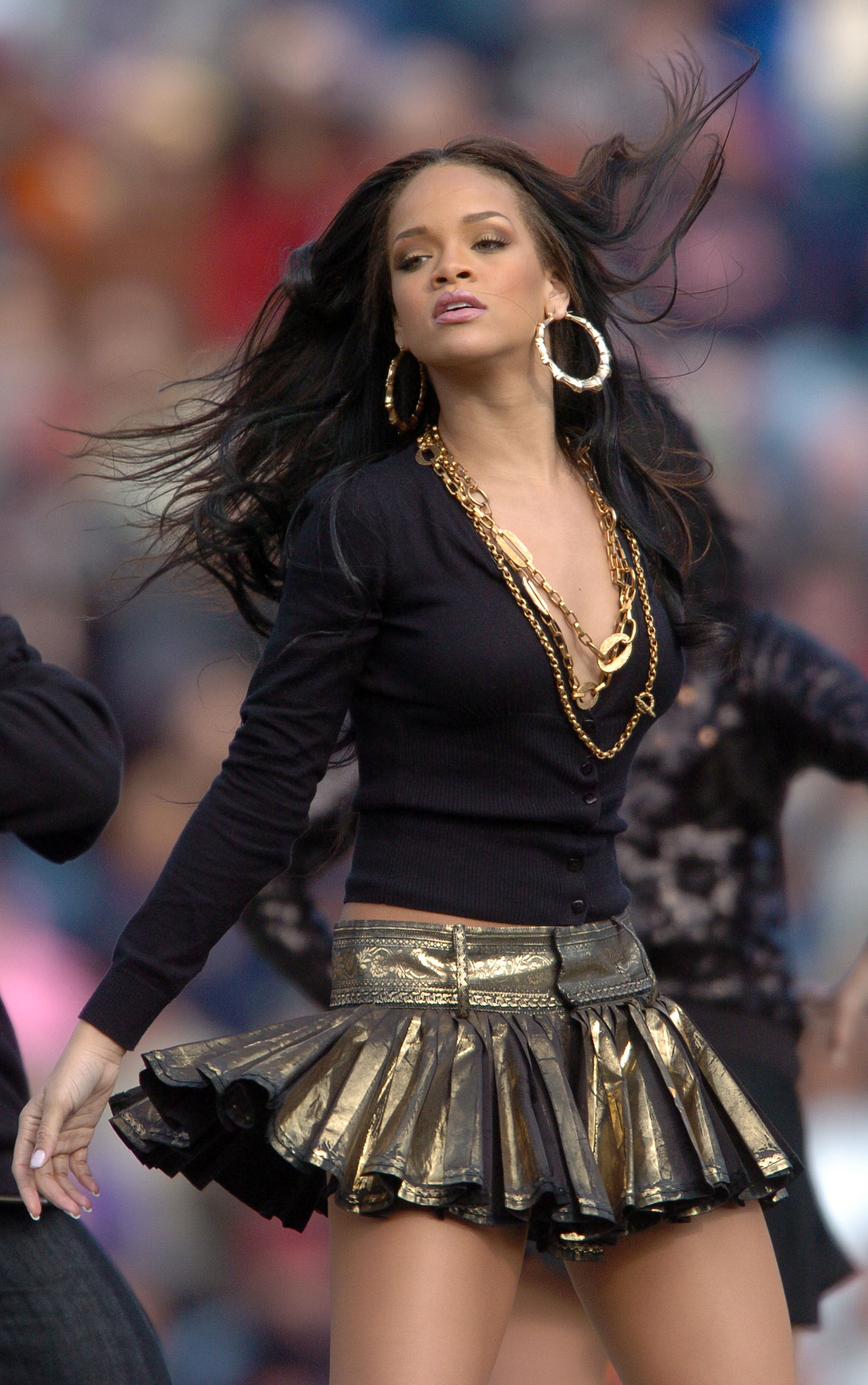
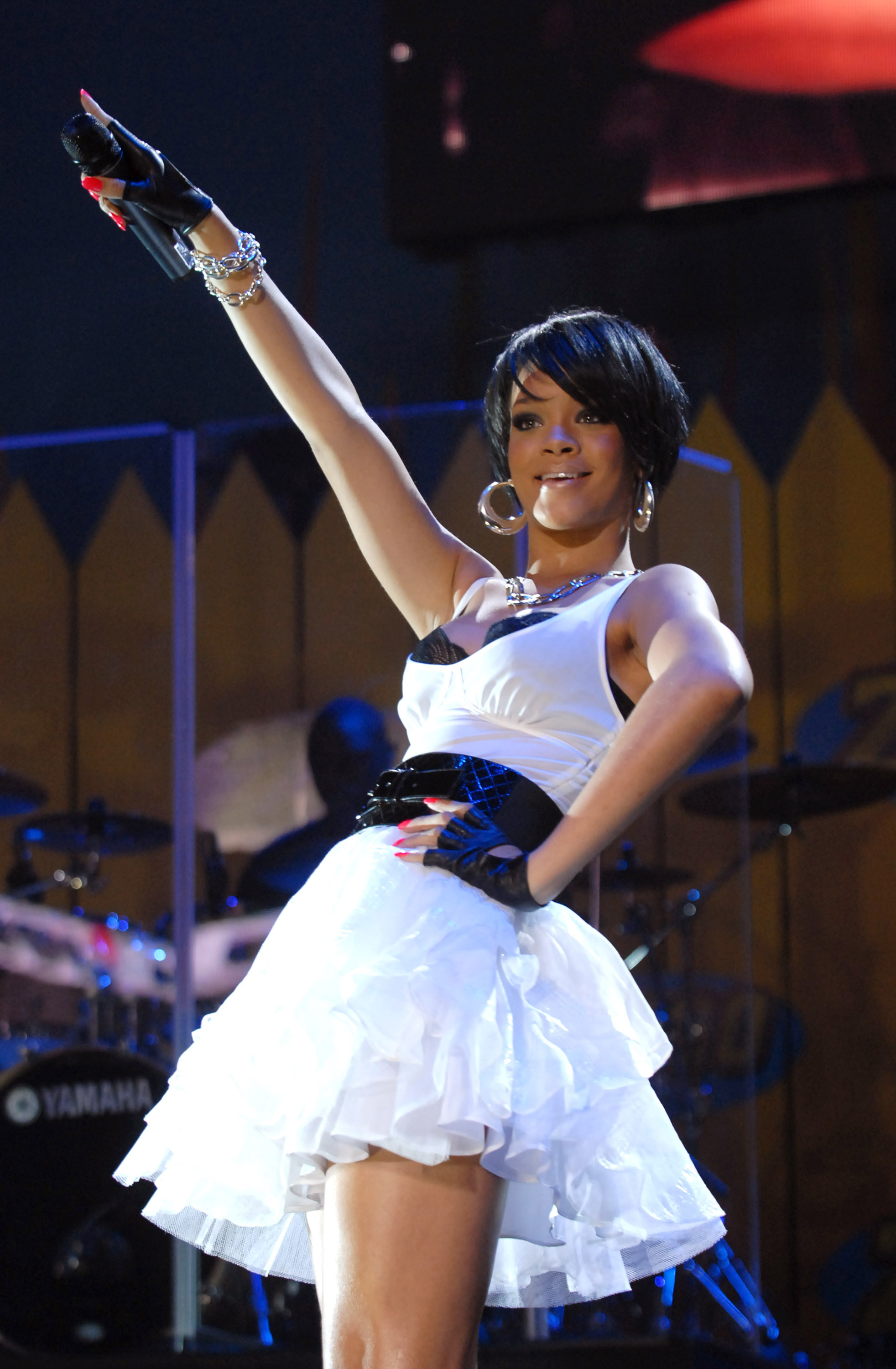
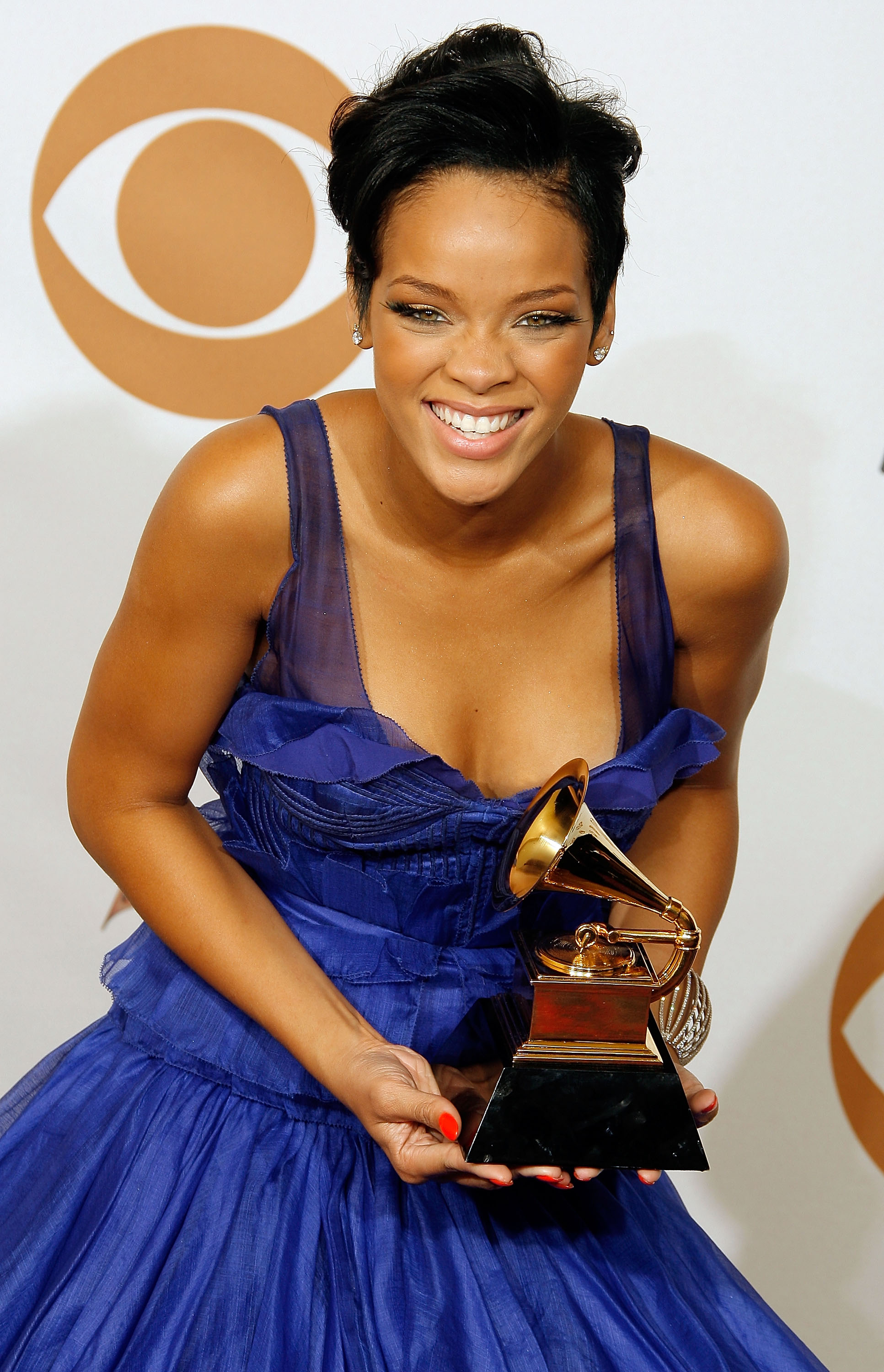
When Rihanna emerged with her debut single Pon de Replay, she was fresh-faced, sun-kissed, and still very much tied to the island-girl aesthetic of her Barbadian roots. Her early style leaned heavily on Y2K staples: low-rise denim, halternecks, and belly chains. As is typical of emerging artists, her style in these years was less about control and more about discovery, a girl adapting quickly to the aesthetics of American pop stardom, while bringing with her a distinct Caribbean cadence.
Celebrity news, beauty, fashion advice, and fascinating features, delivered straight to your inbox!
But even then, Rihanna wasn’t just another pop protégé. There was a confidence in how she held herself that felt instinctive. Sure, the fashion world hadn’t fully turned its gaze toward her yet, but it was only a matter of time...
Rihanna from 2009–2013
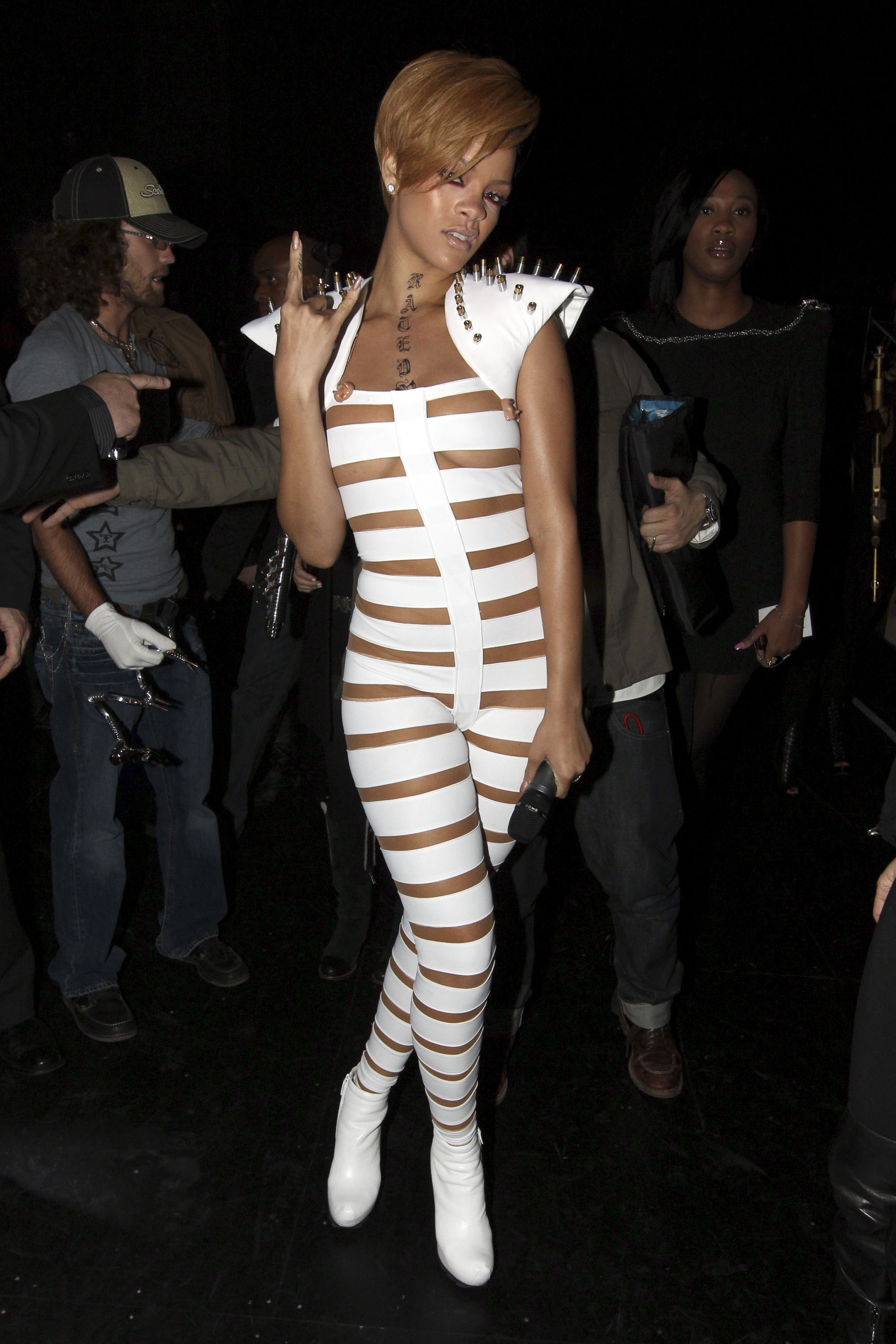
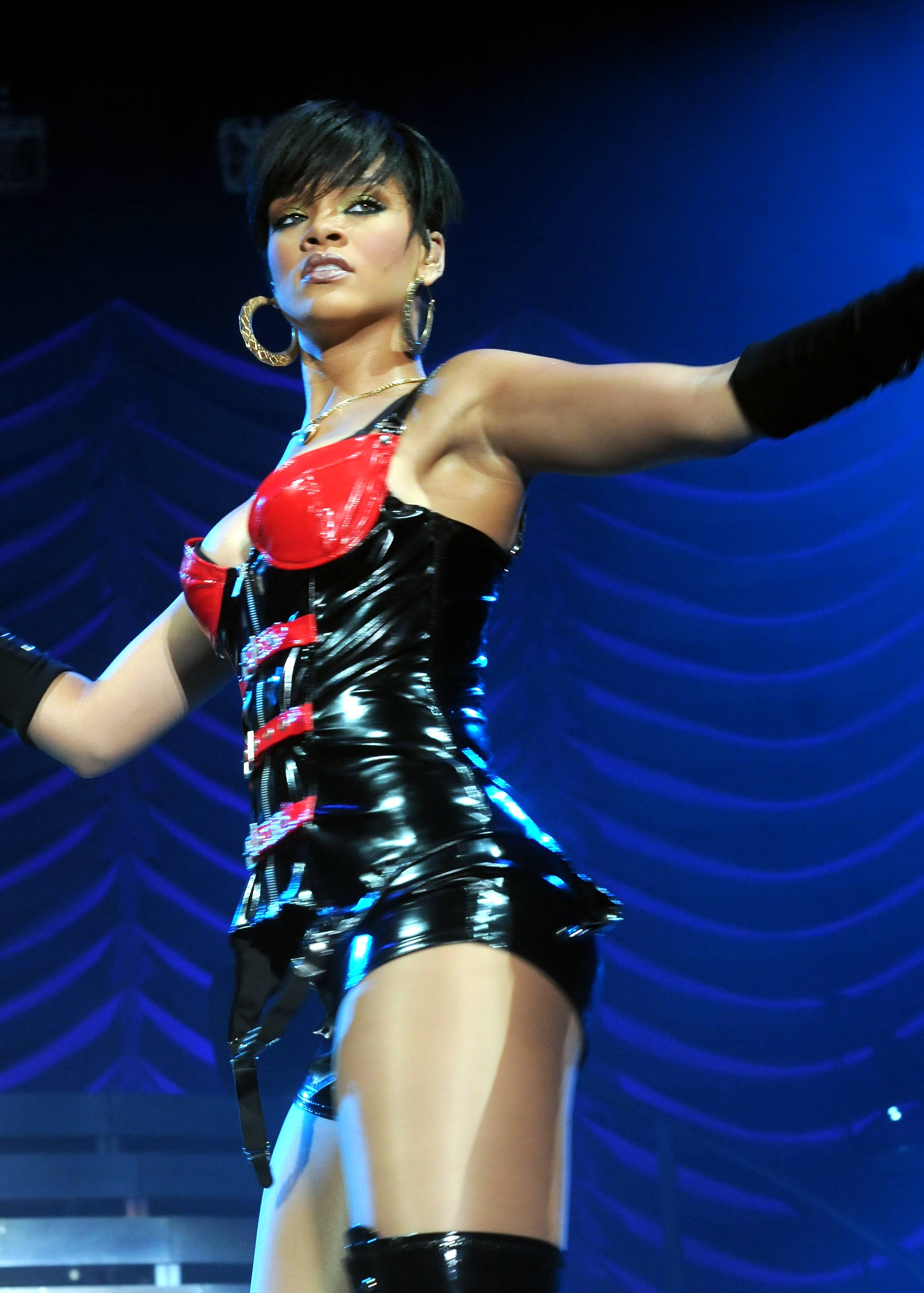
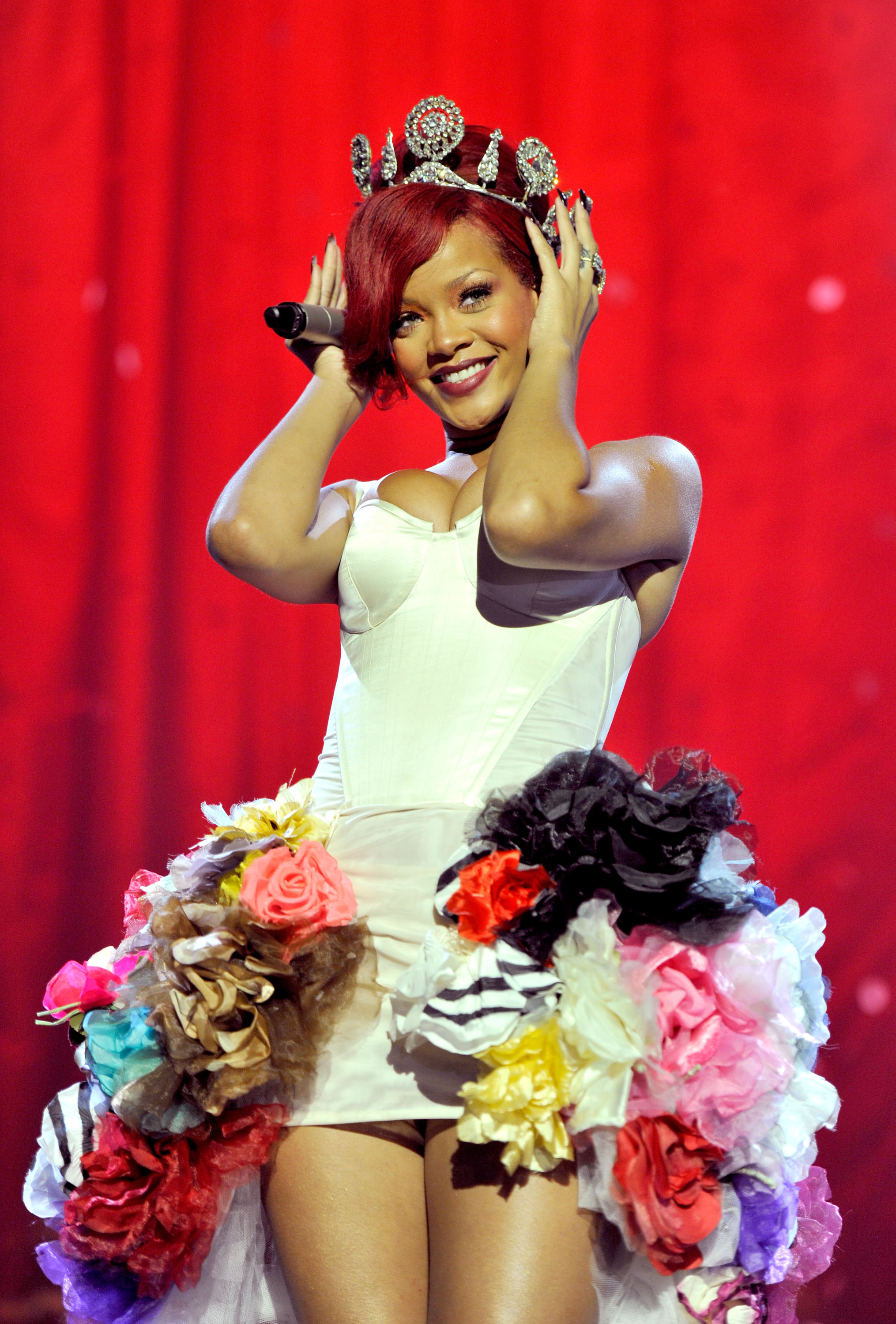
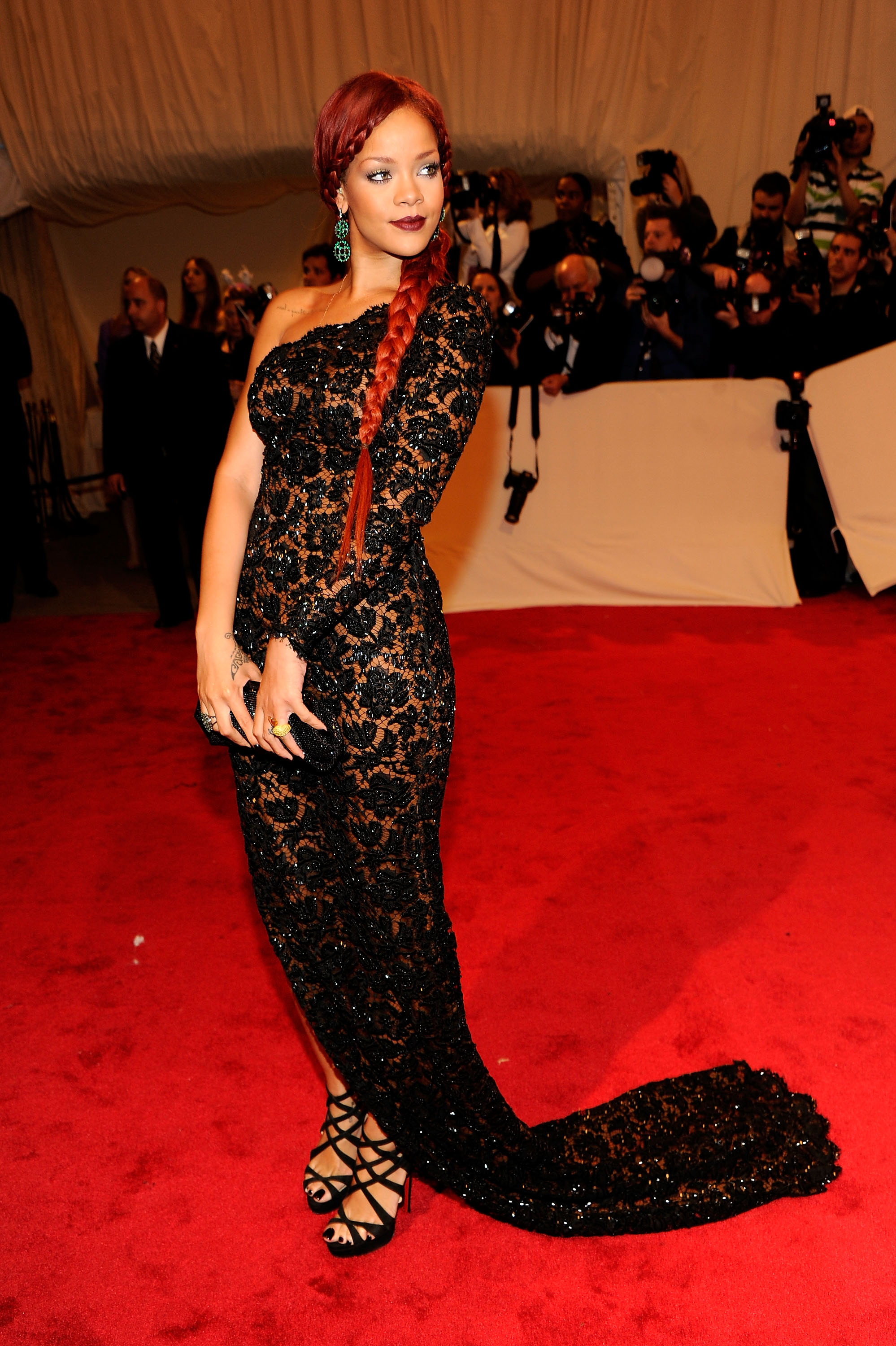
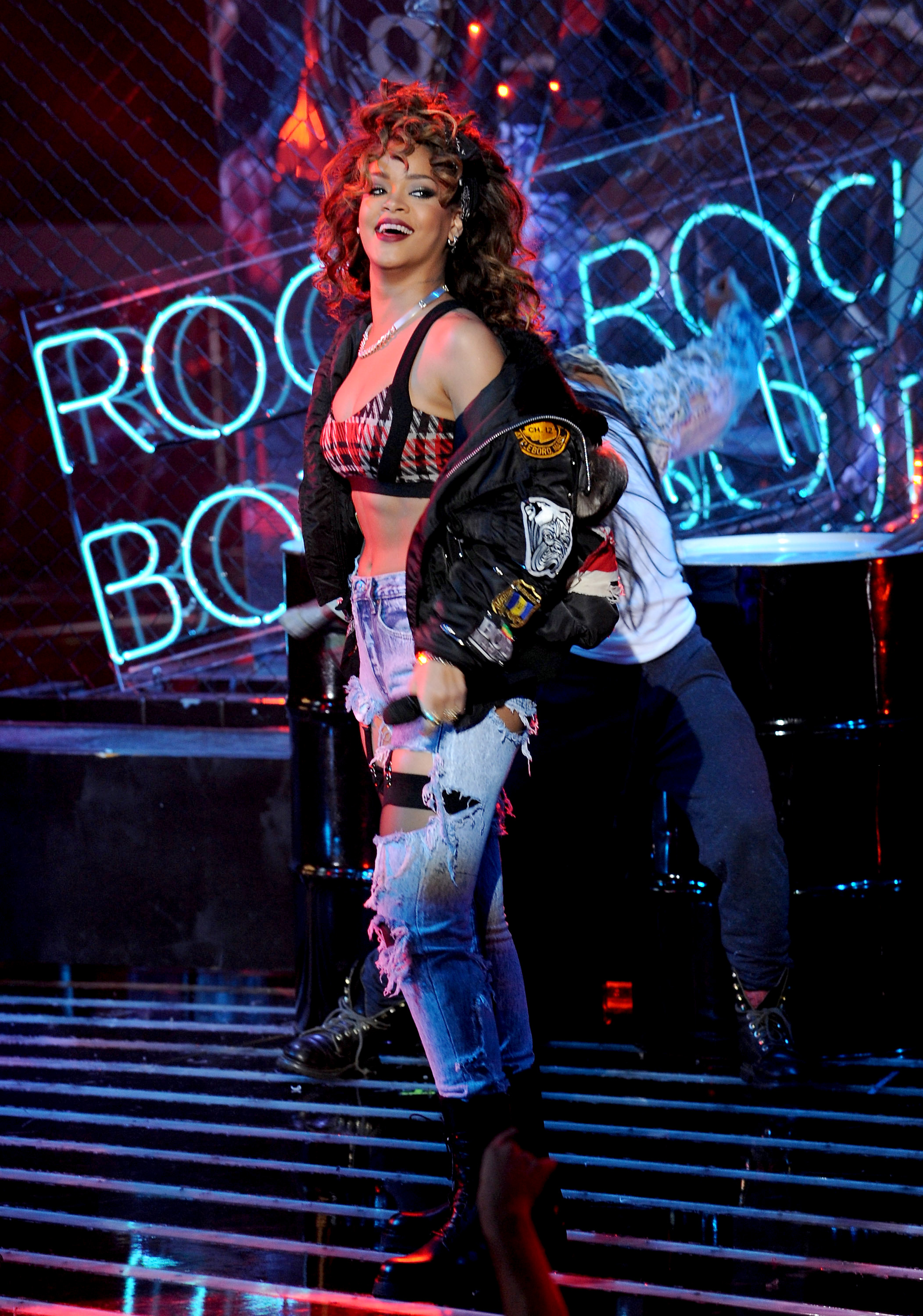
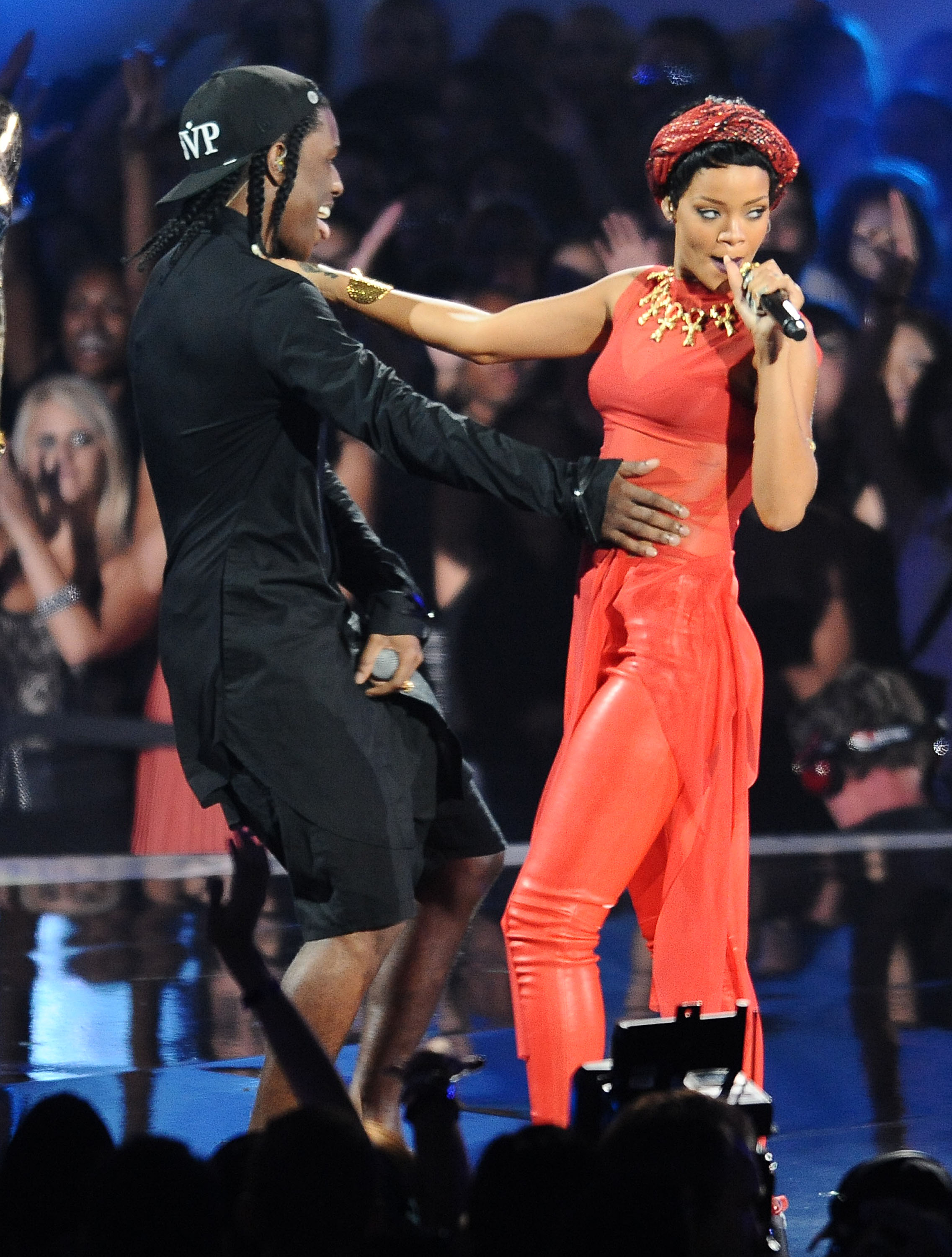
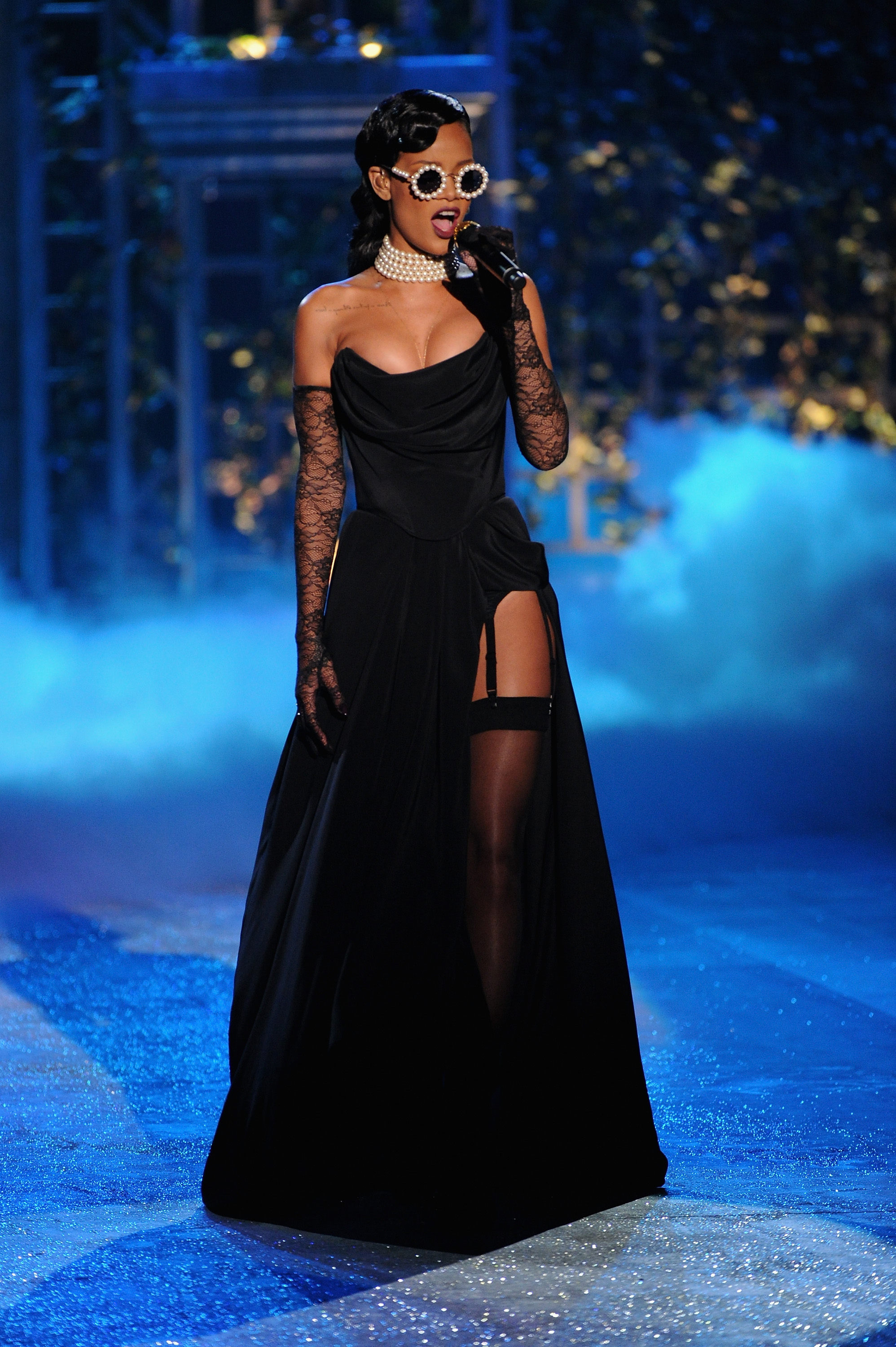
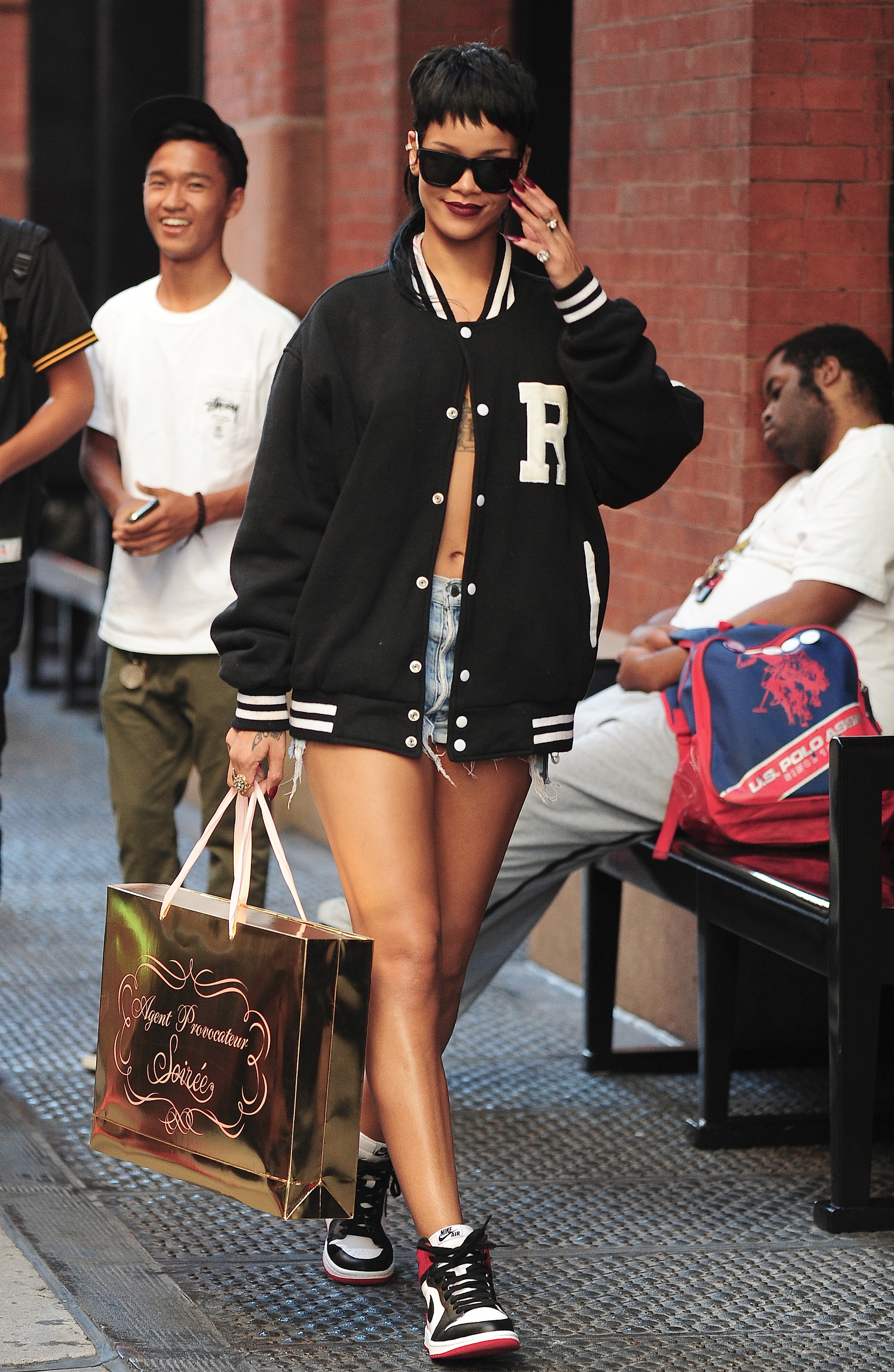
The release of Rated R in 2009 signalled a turning point, not just musically, but sartorially. Good girl gone bad. With a freshly shorn pixie cut, heavy eyeliner, and a wardrobe that flirted with androgyny, Rihanna started embracing fashion as a form of defiance. Leather jackets, combat boots, and deconstructed silhouettes—items that have long acted as shorthand for rebellion—became key tenets of her new aesthetic.
Where Rihanna might’ve dressed for approval only a few years earlier, she was now styling herself for provocation. This period dovetailed with a broader cultural shift; as pop and hip-hop began to blur genre lines, so too did Rihanna’s wardrobe. Her style tapped into the rising influence of streetwear while also slipping into couture, and although still early in her career, Rihanna’s fashion choices were now about asserting agency.
Rihanna from 2014–2017
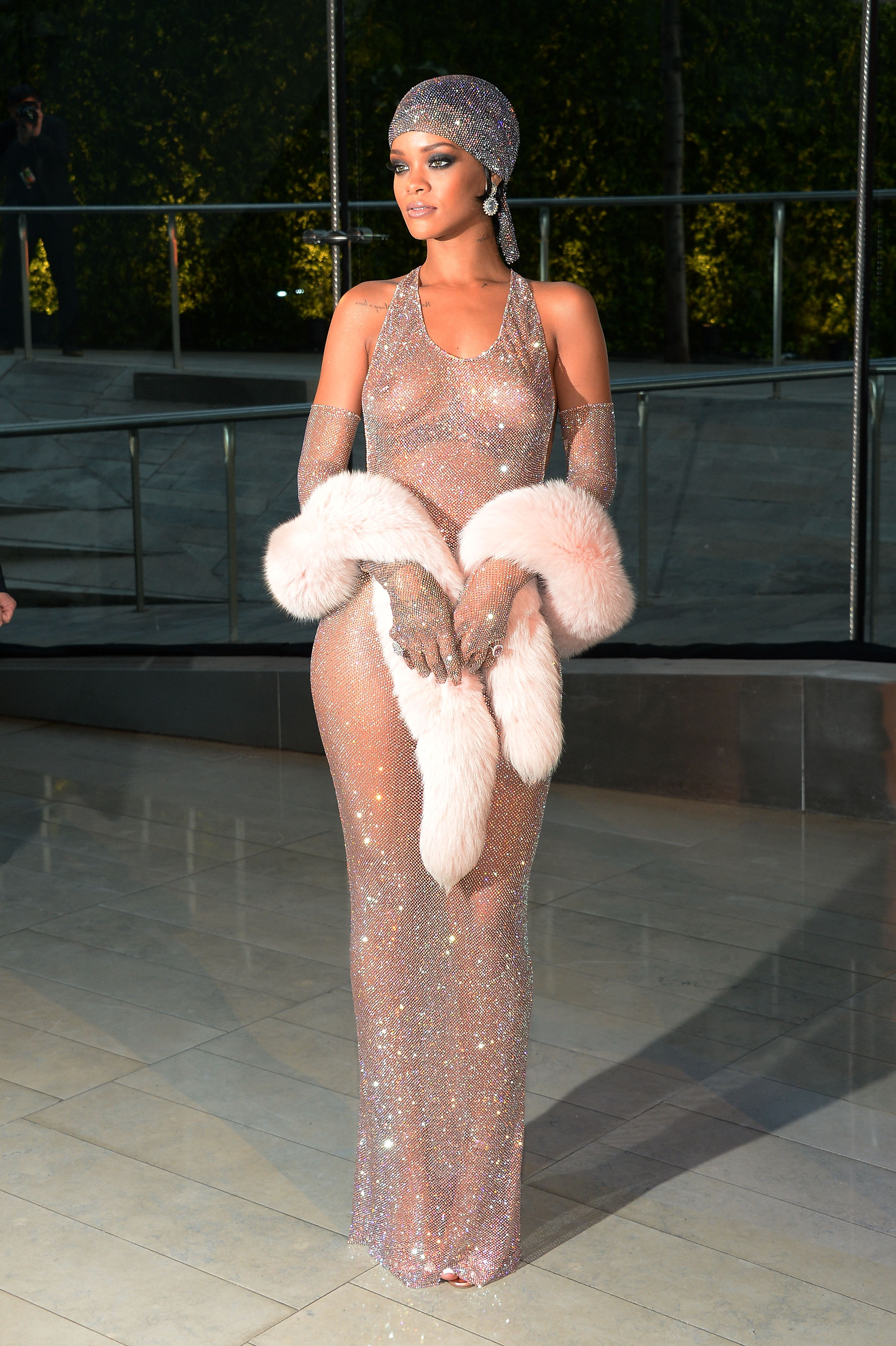
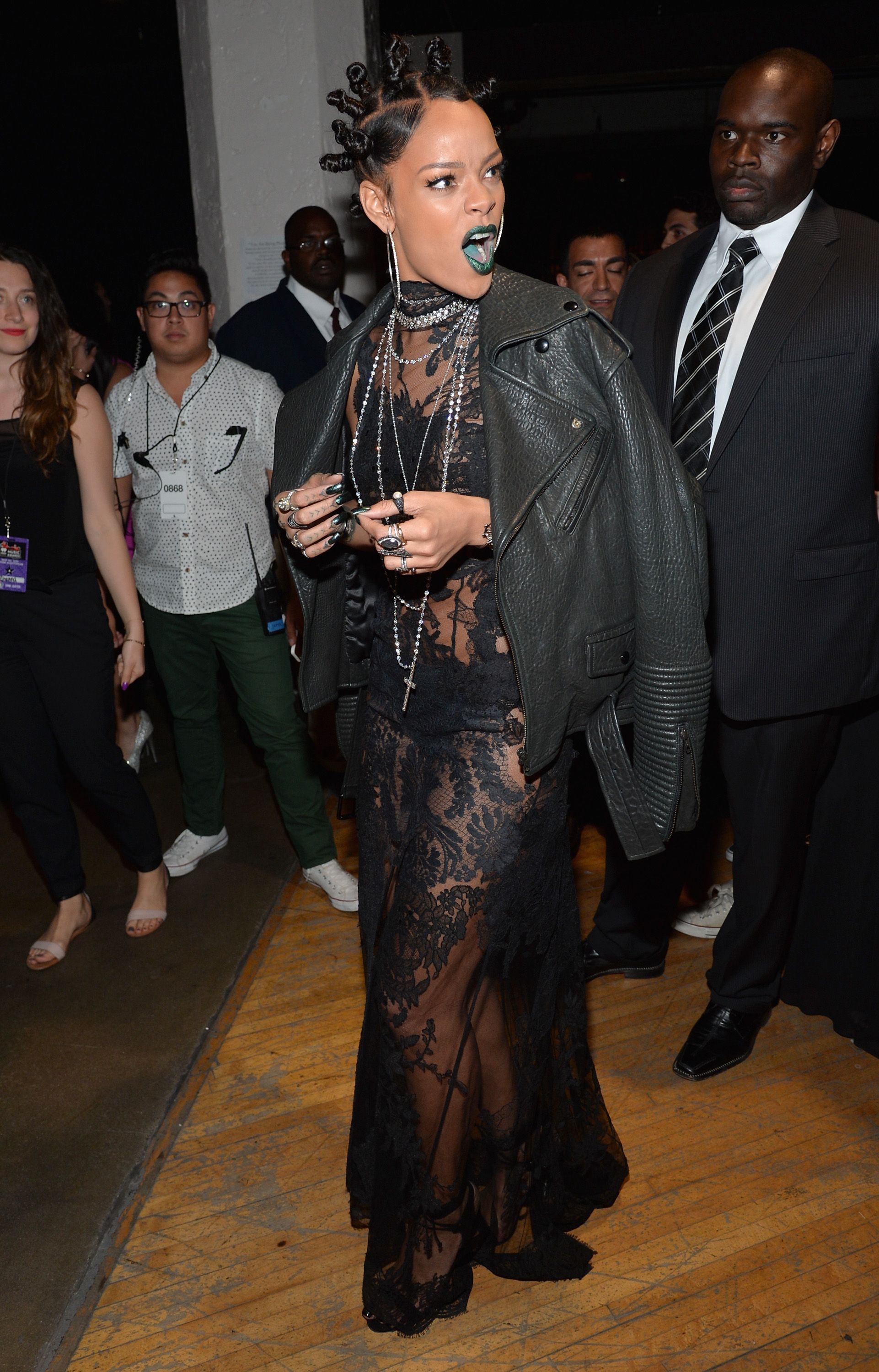
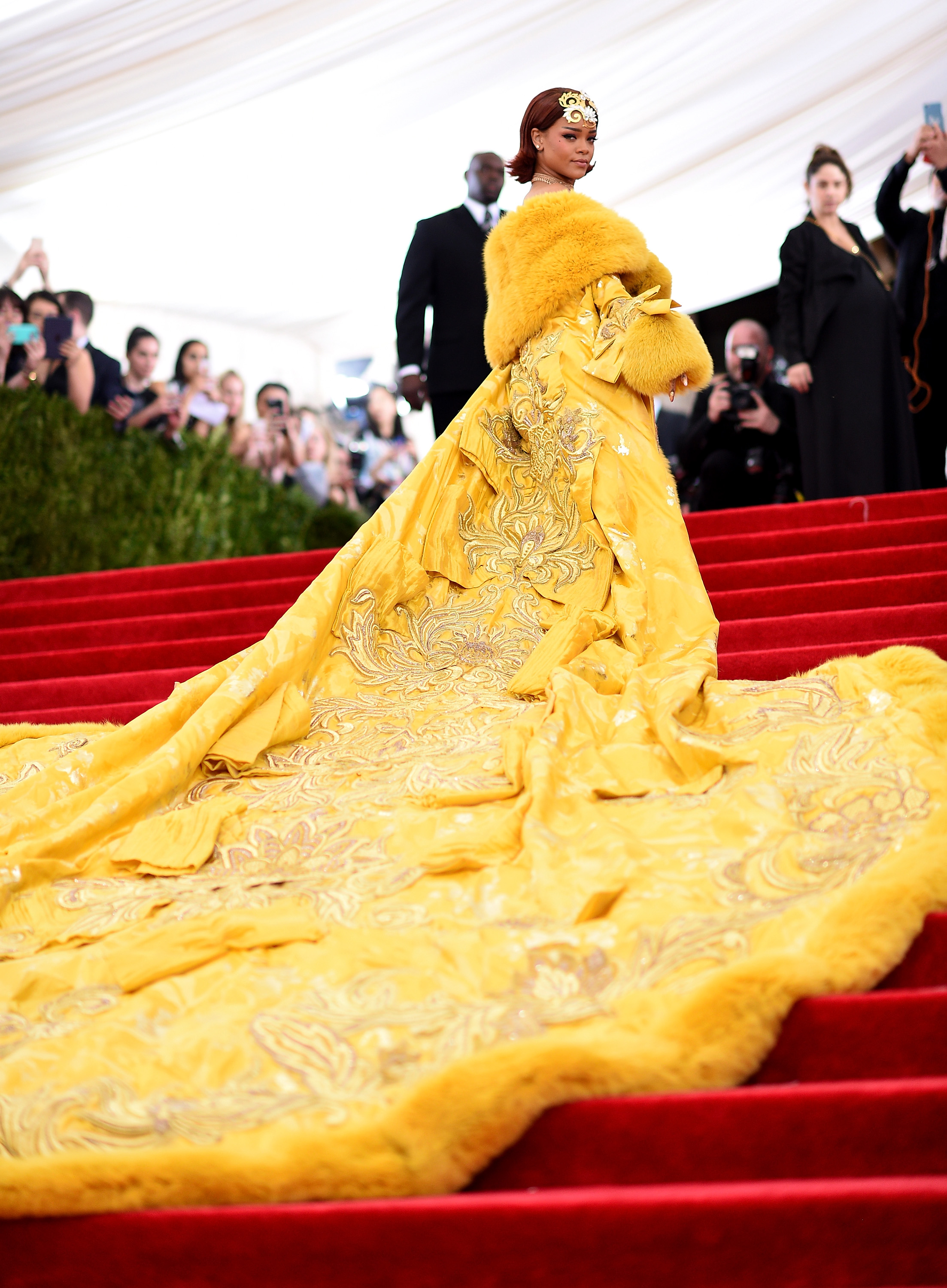
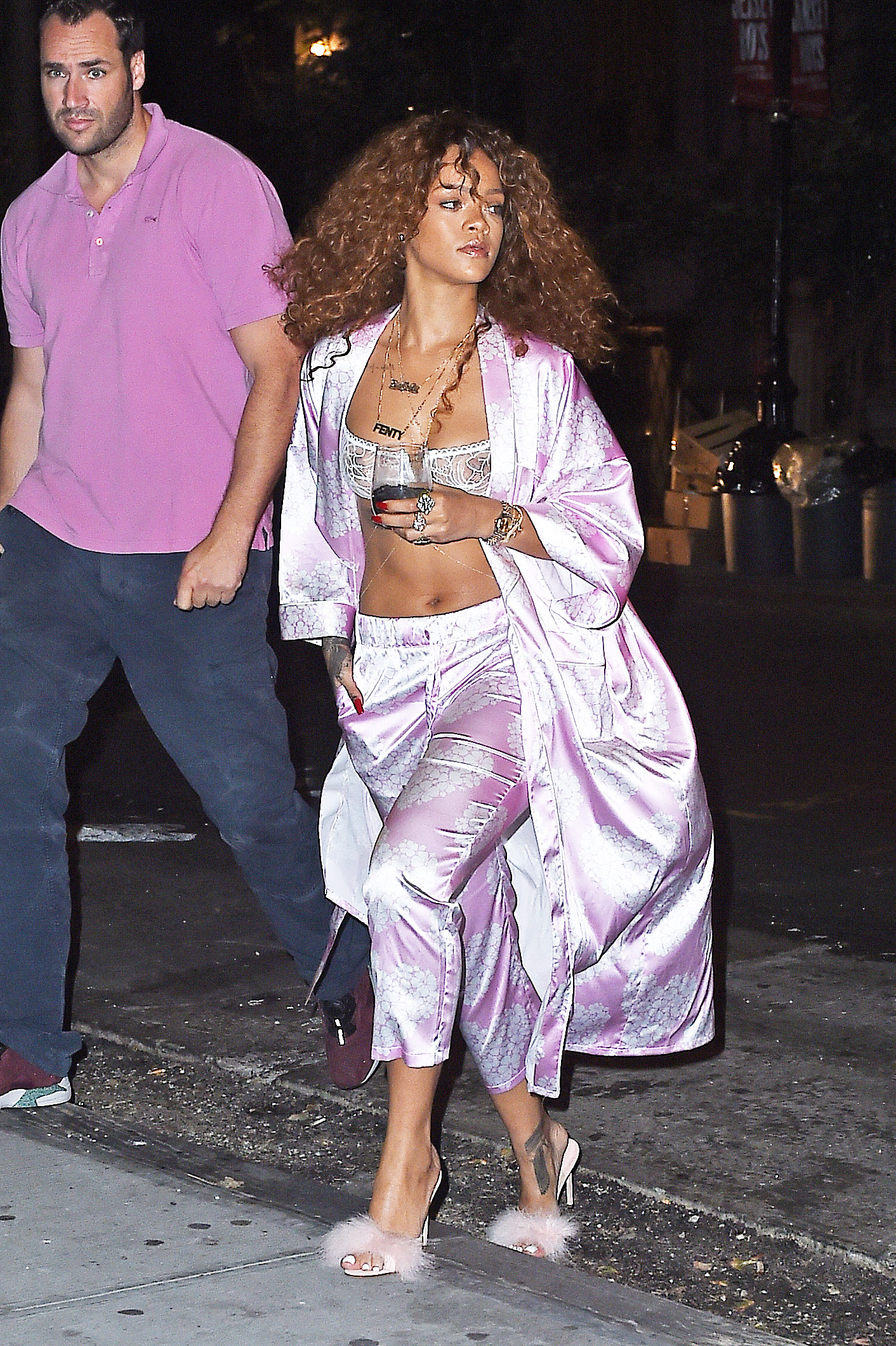
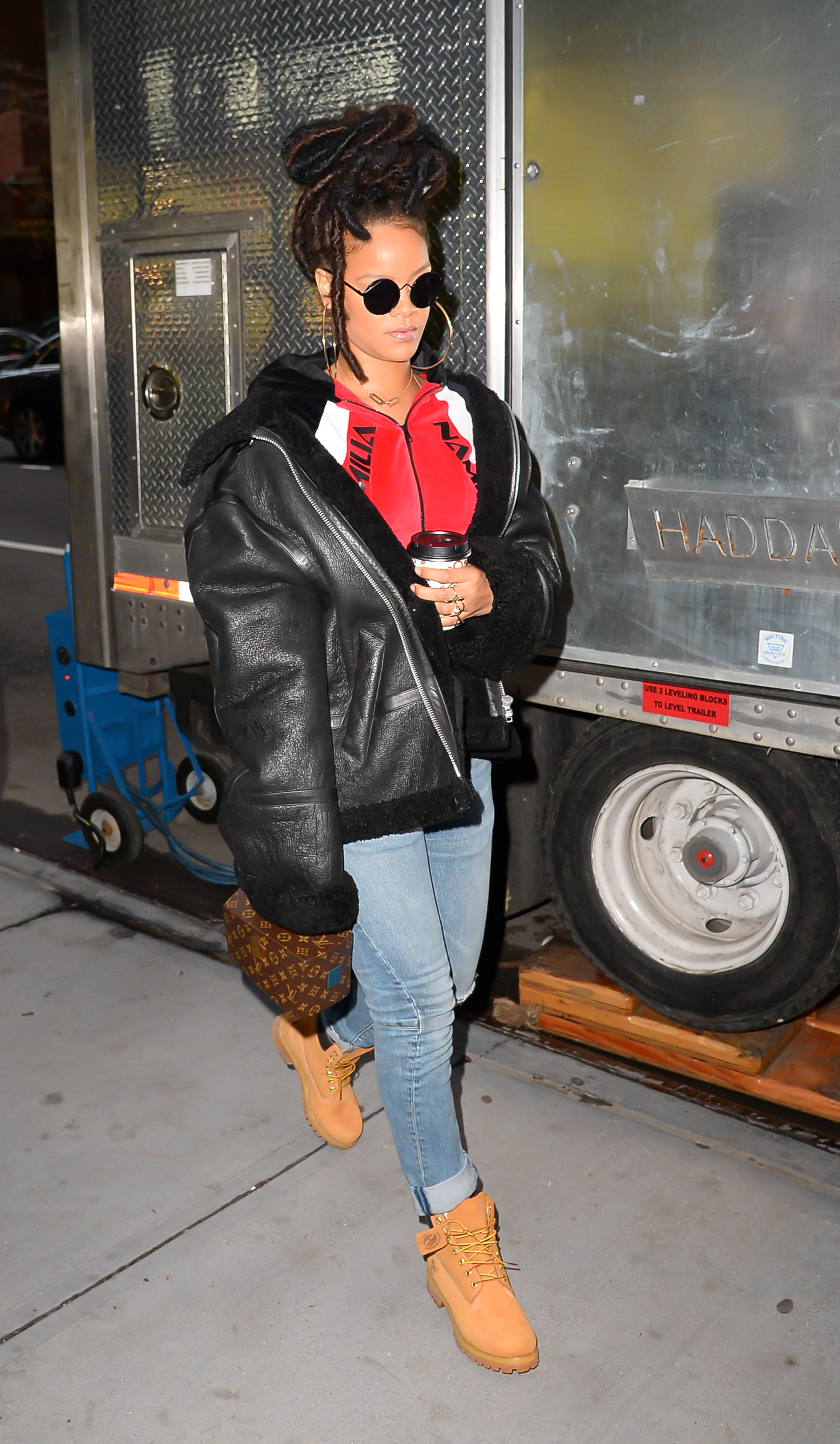
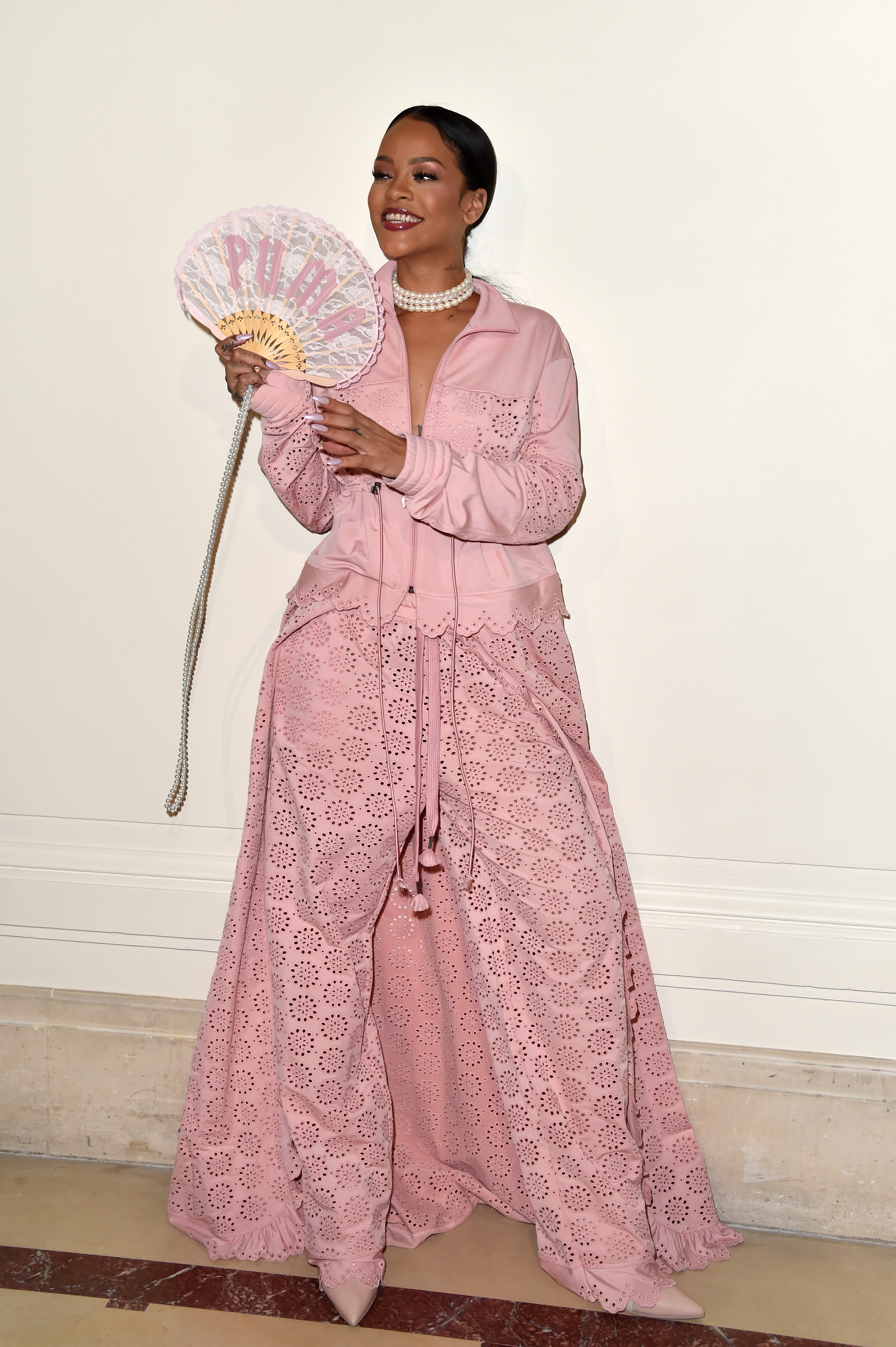
By the mid-2010s, Rihanna had transcended the realm of “style icon” to become one of fashion’s most compelling muses. Designers vied to dress her; photographers queued to shoot her. In 2014, she attended the CFDA Awards wearing a now-iconic sheer Adam Selman gown dripping in over 200,000 crystals, a piece of fashion history that offered both homage to Josephine Baker and a fearless reclaiming of body politics.
Bold and directional, Rihanna, at this time, was experimenting with silhouettes that challenged traditional ideas of proportion and femininity. Oversized puffers from Vetements and sculptural coats from Comme des Garçons became part of her evolving fashion narrative. More than just a personal aesthetic evolution, Rihanna’s styling choices reflected fashion’s own awakening. Luxury fashion was finally beginning to acknowledge street culture and the power of celebrity influence. Today, Rihanna is recognised as being part of the engine driving that change.
Rihanna from 2017–2020
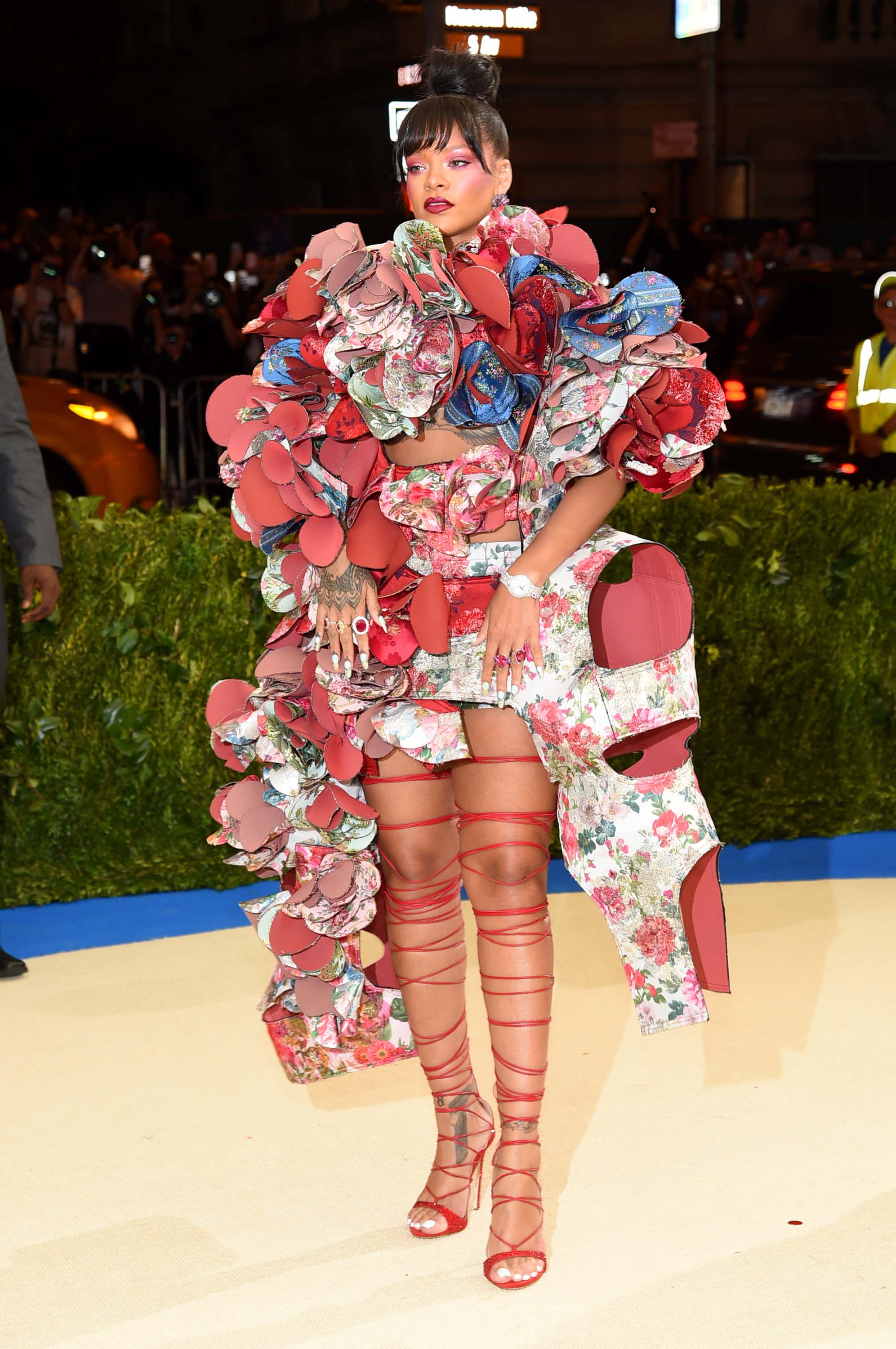
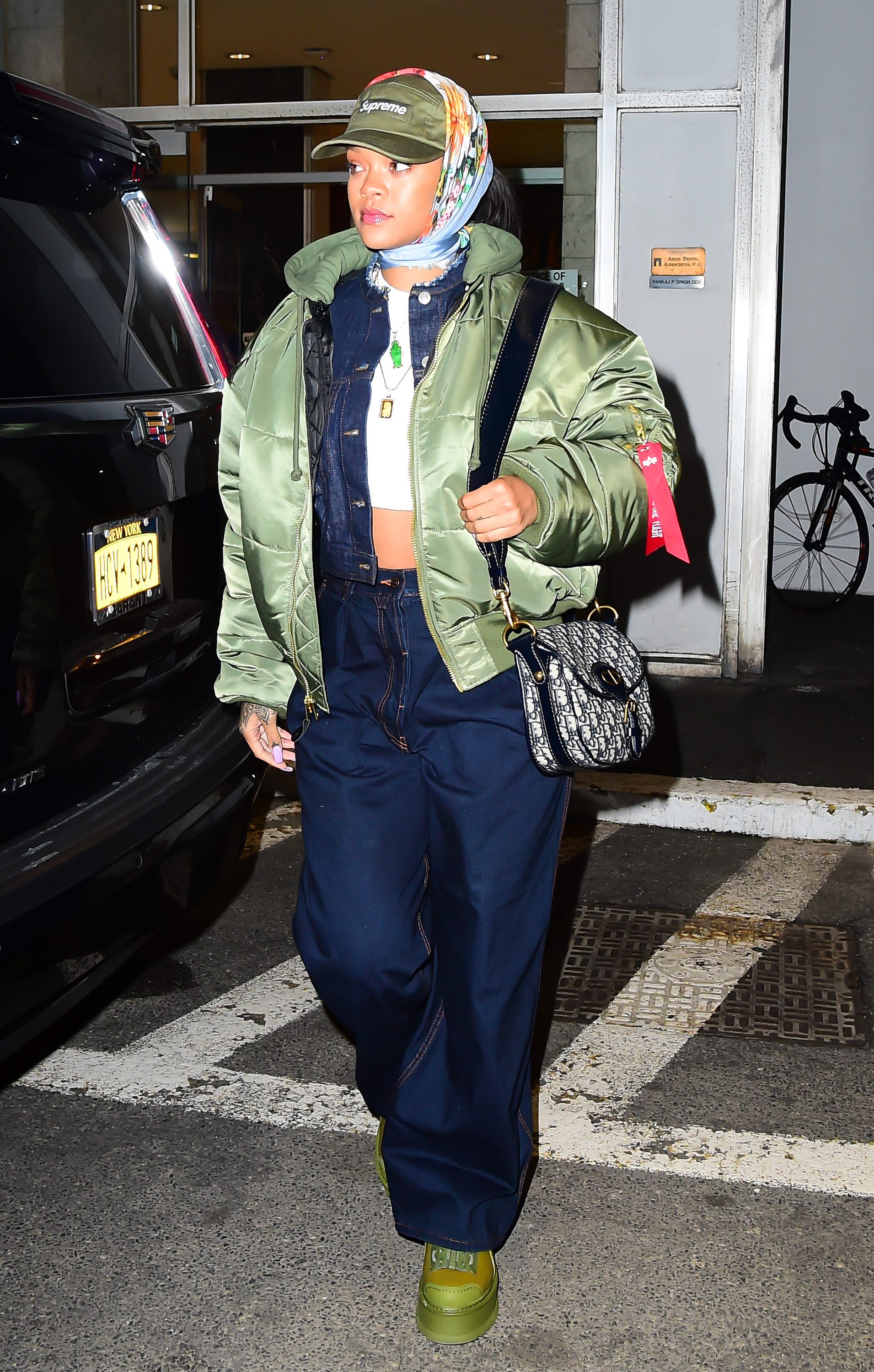
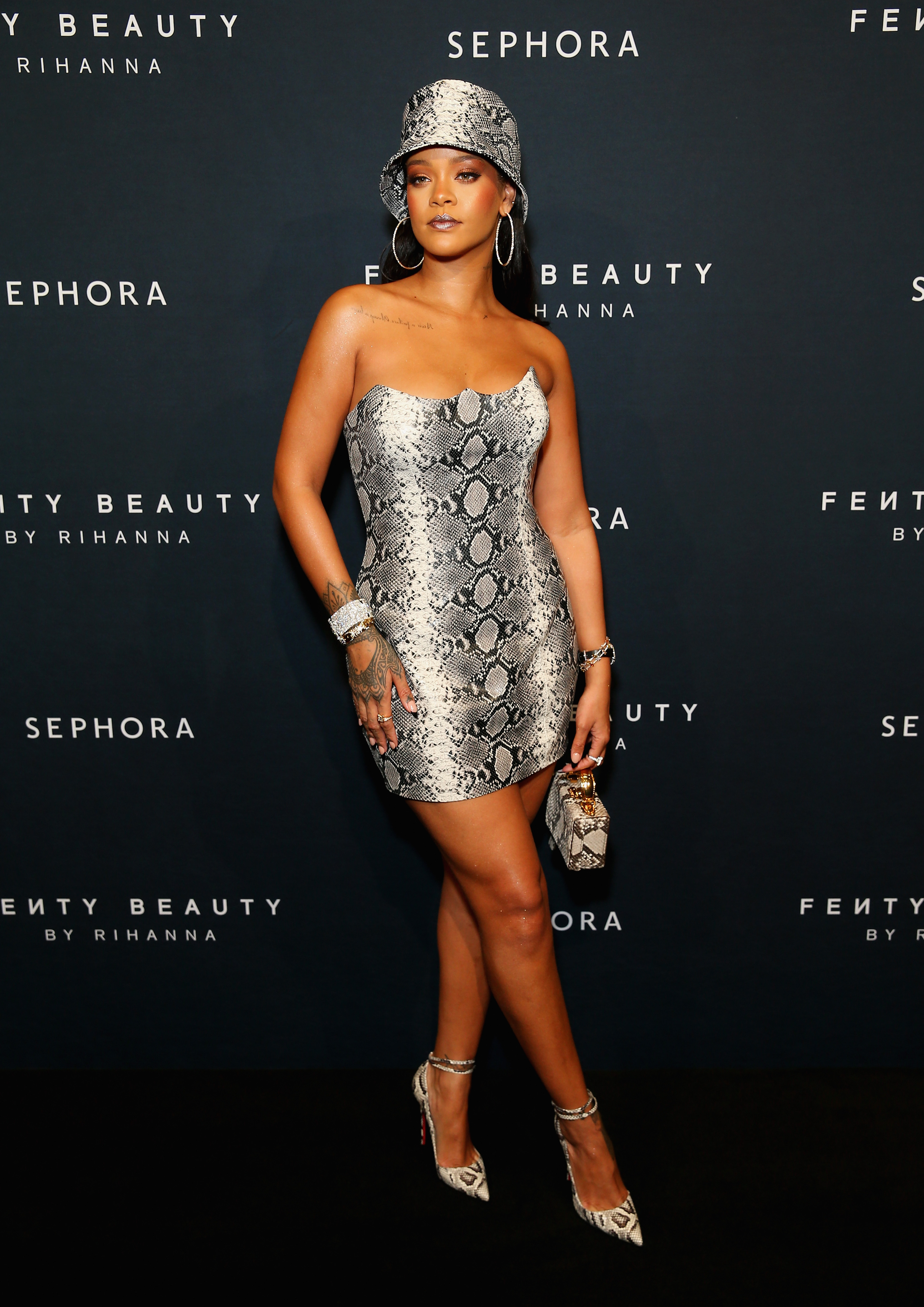
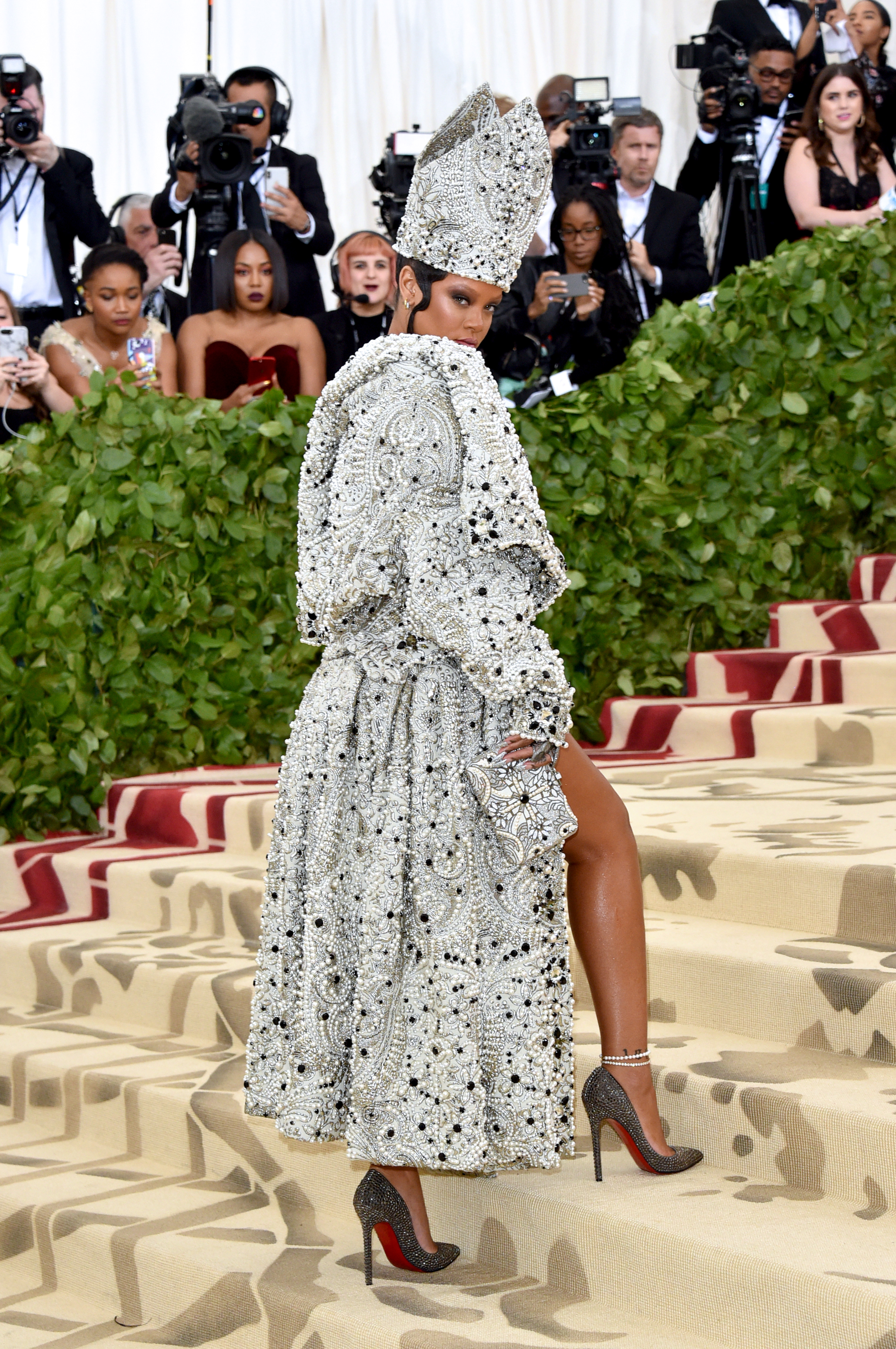
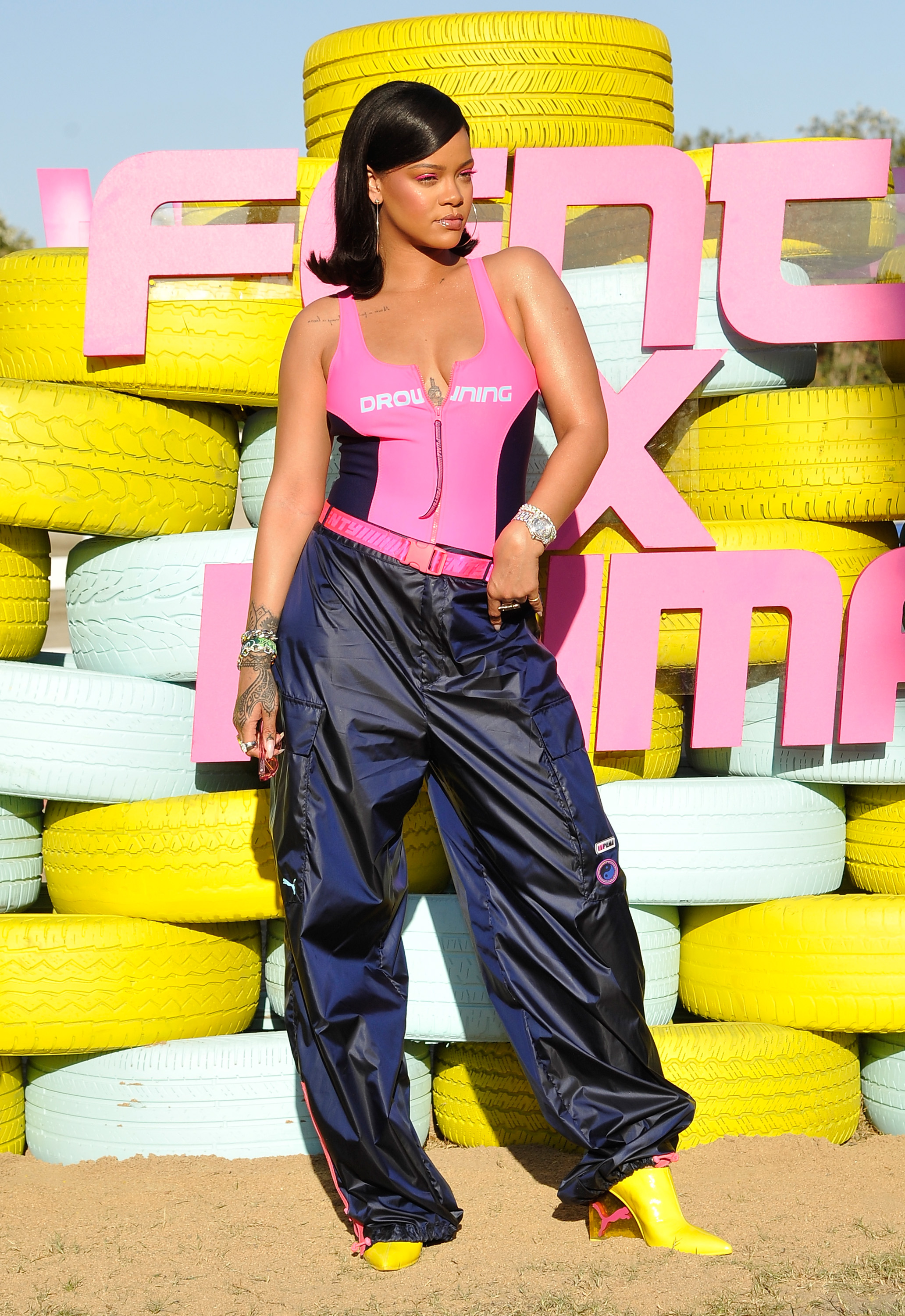
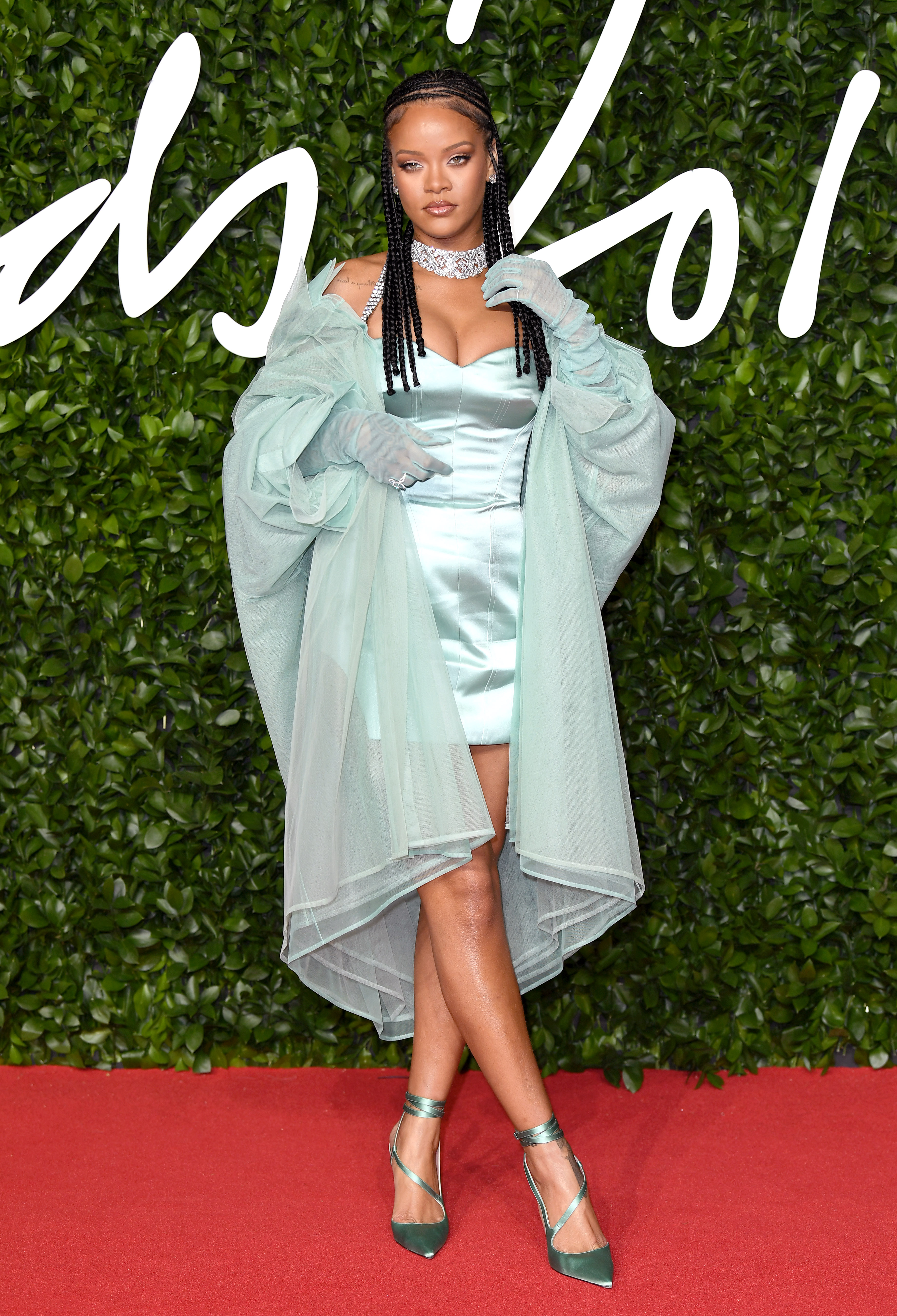
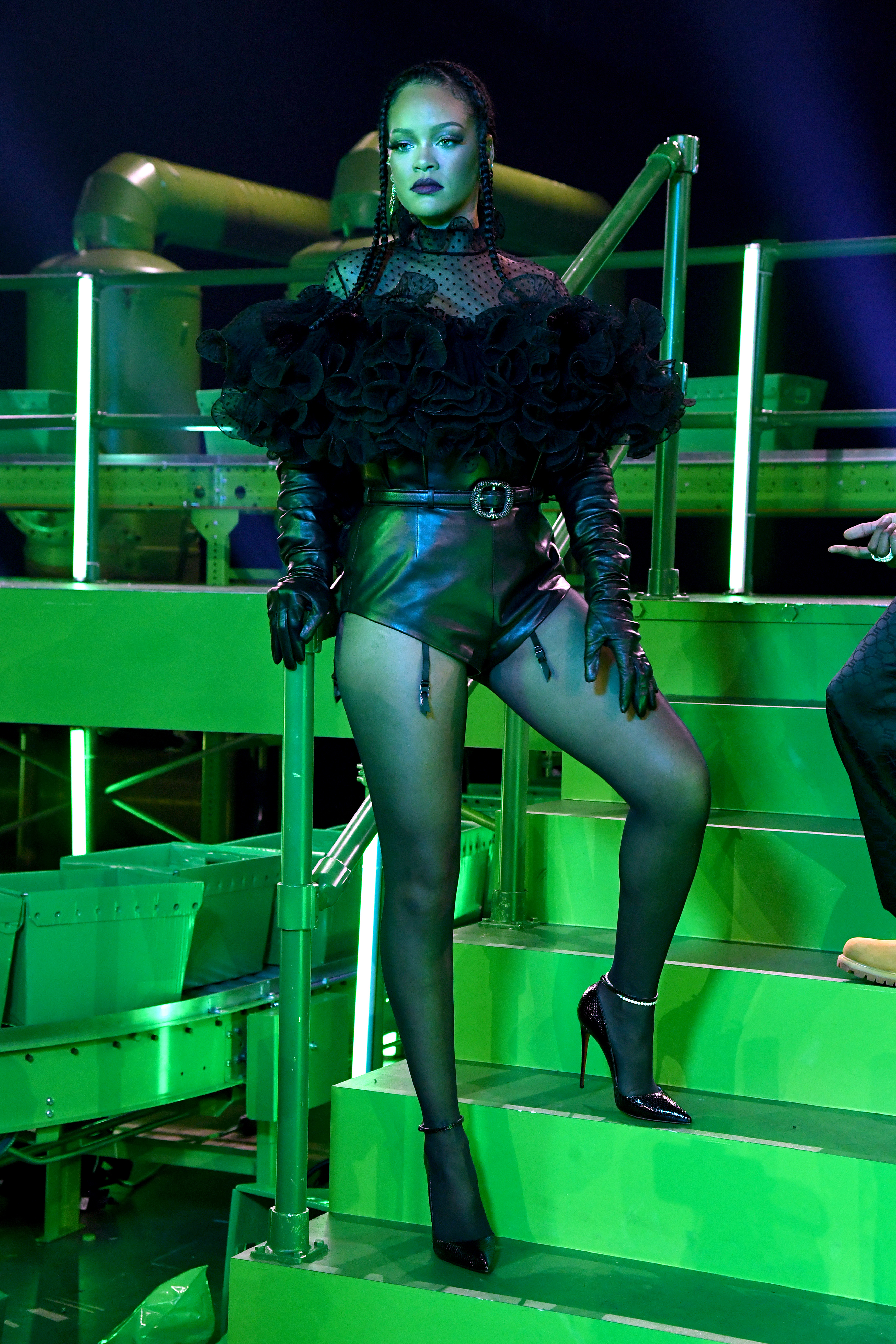
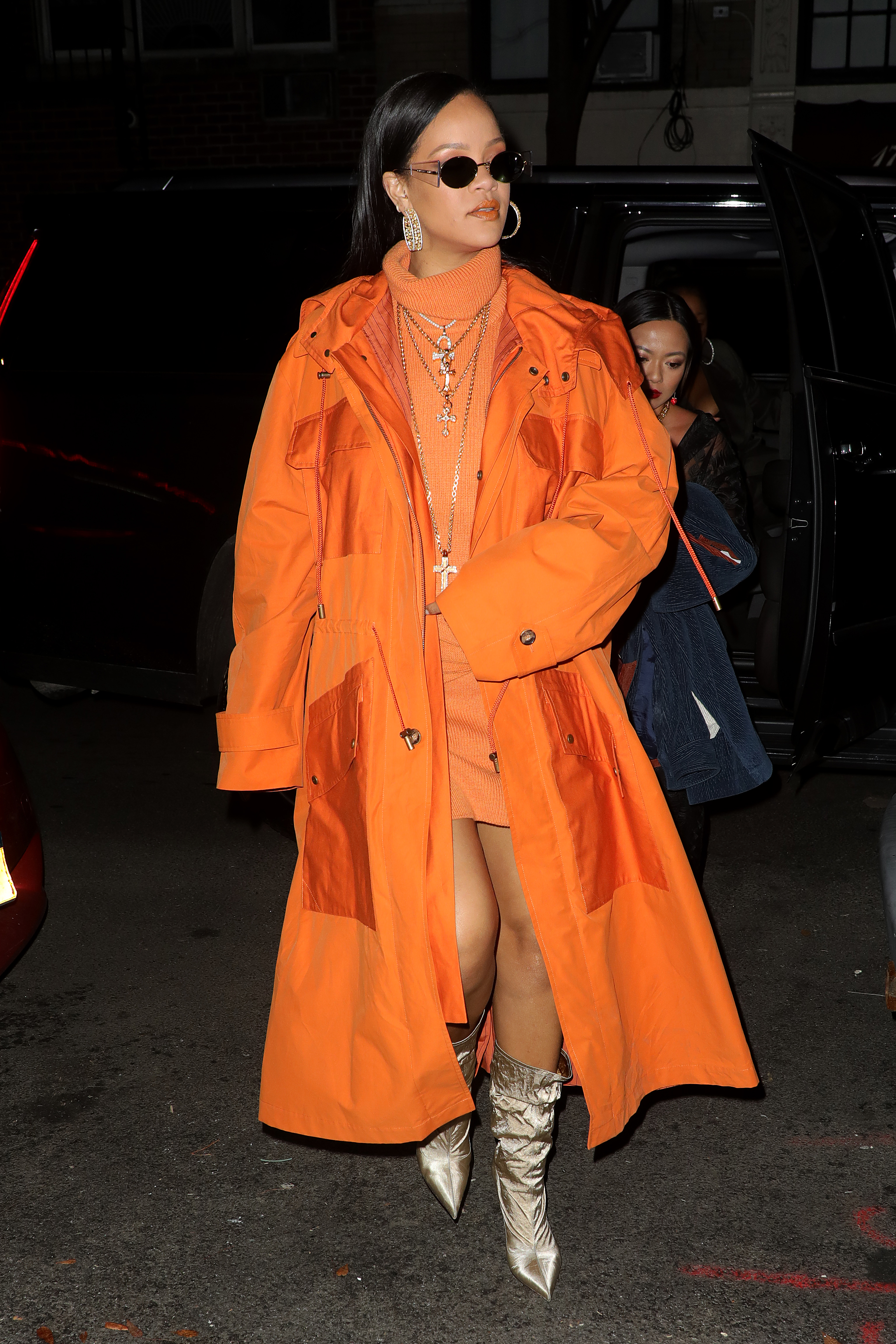
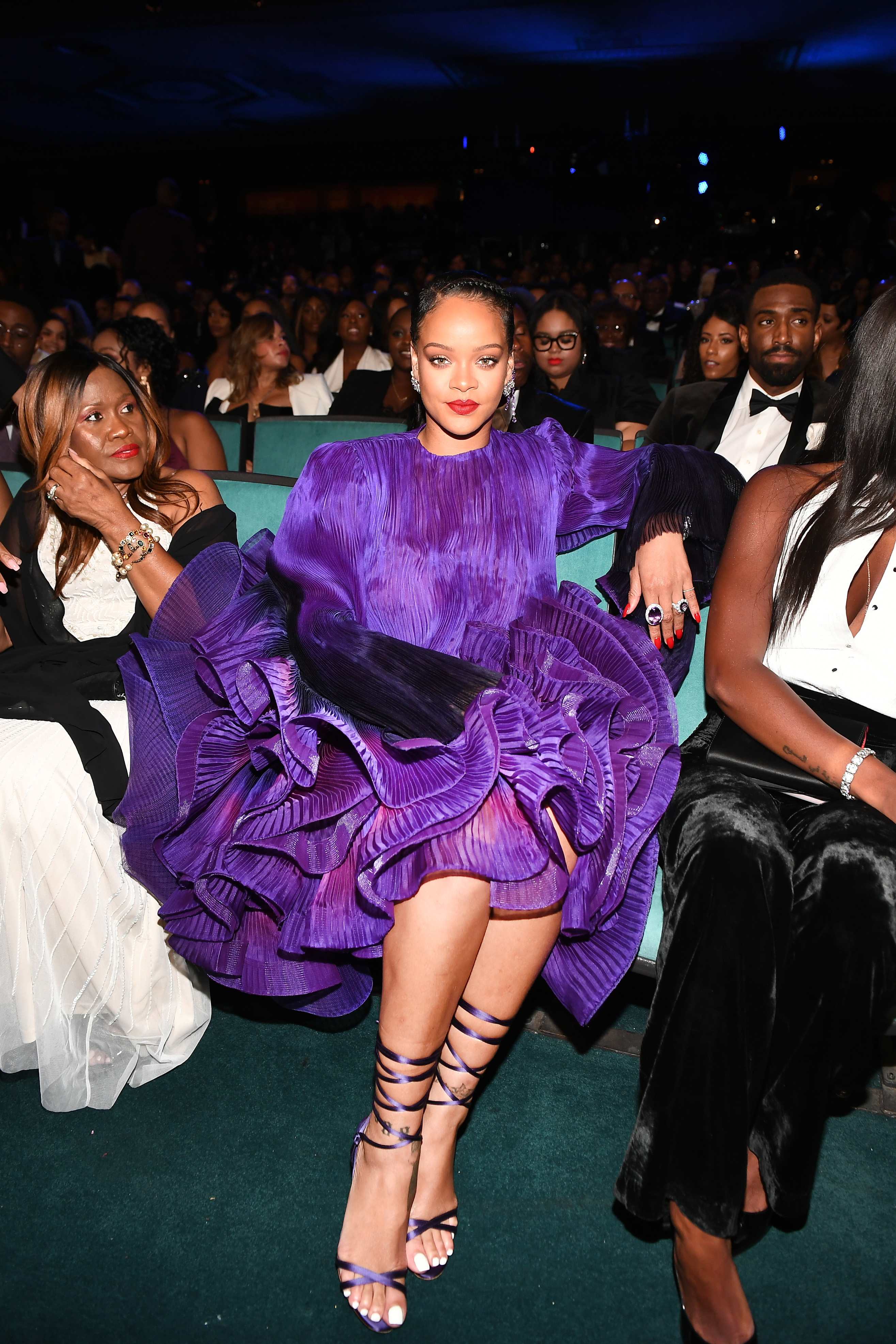
As the founder of both Fenty Beauty and Savage X Fenty, Rihanna began using fashion to reframe who gets to be seen, and how. Her runway shows celebrated bodies that had long been excluded from the lingerie industry. By casting pregnant models, plus-size dancers, drag performers, and people with disabilities, she created an inclusive, high-glam spectacle that stood in stark contrast to the narrow, homogeneous world of competitors.
Off the runway, her personal style remained just as subversive and boundary-pushing. Blurring the lines between streetwear and couture, she would pair oversized Balenciaga puffer coats with stilettos and turn vintage Dior saddle bags into modern staples. Her chameleonic wardrobe serves as a representation of the multifaceted nature of women, and she refuses to be boxed into one aesthetic or subculture, instead flitting with playful ease between a full Rick Owens look one day and baggy jeans and Timberlands the next.
Rihanna from 2020–2025
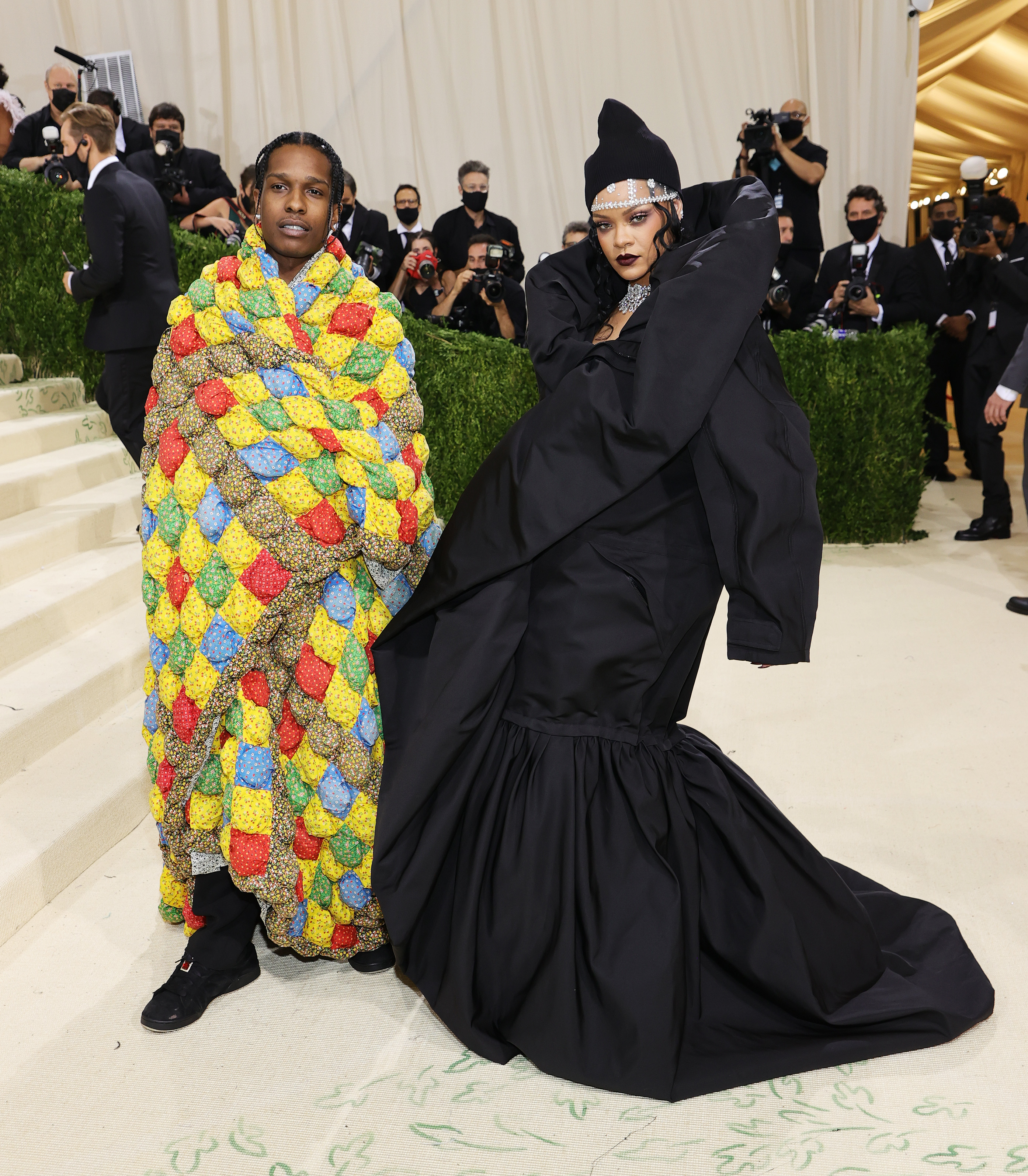
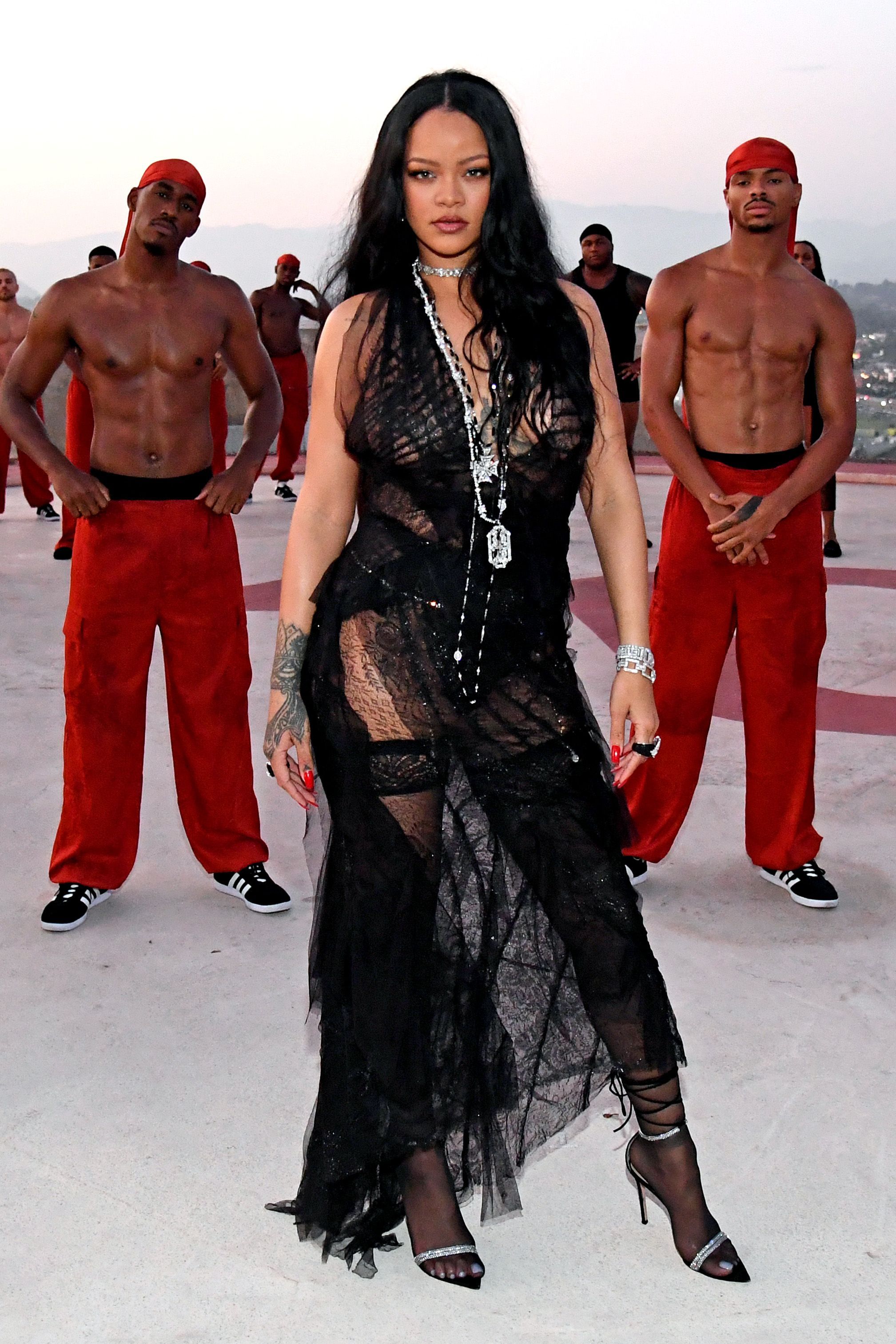
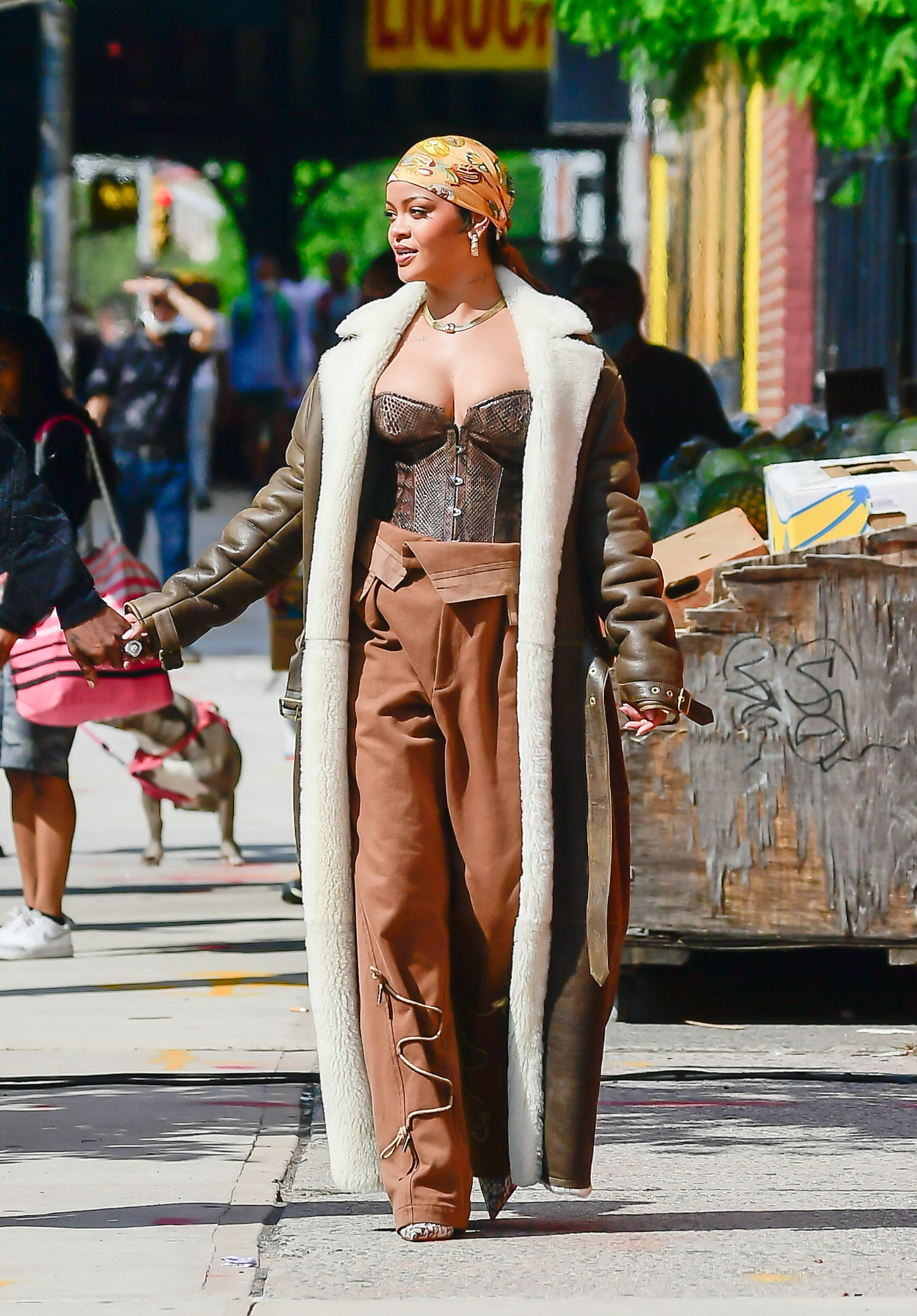
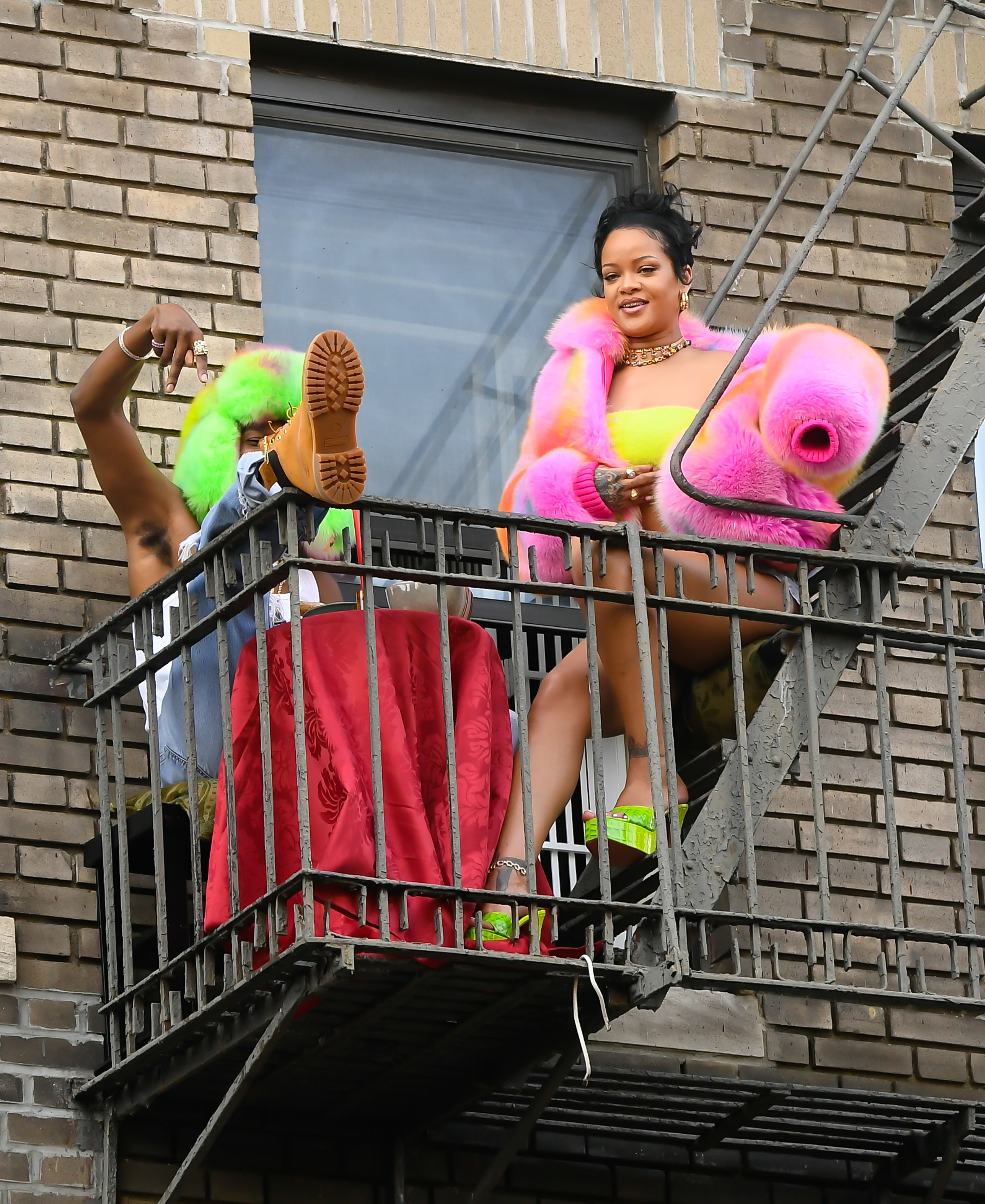
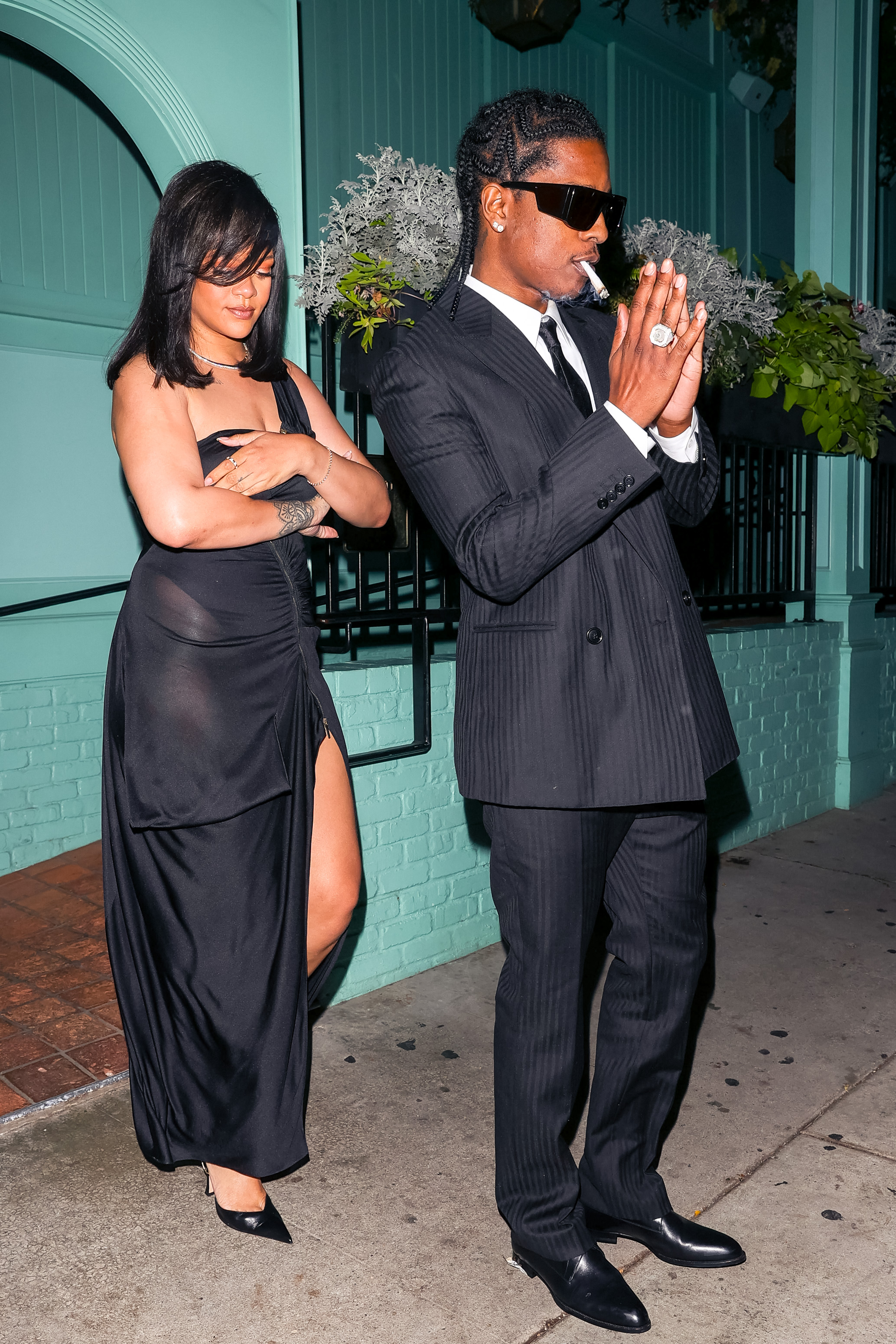
Rihanna has only grown more audacious with time. Her maternity fashion alone has rewritten the rules: bare baby bumps in custom Jean Paul Gaultier, lace-up tops by Chrome Hearts, and sculptural Alaïa designs are an unapologetic celebration of pregnancy as power. She’s turned custom Loewe coats into viral moments and turned up to Paris Fashion Week in archival YSL, Maison Margiela, and custom Fendi, all while resisting the pressure to be palatable.
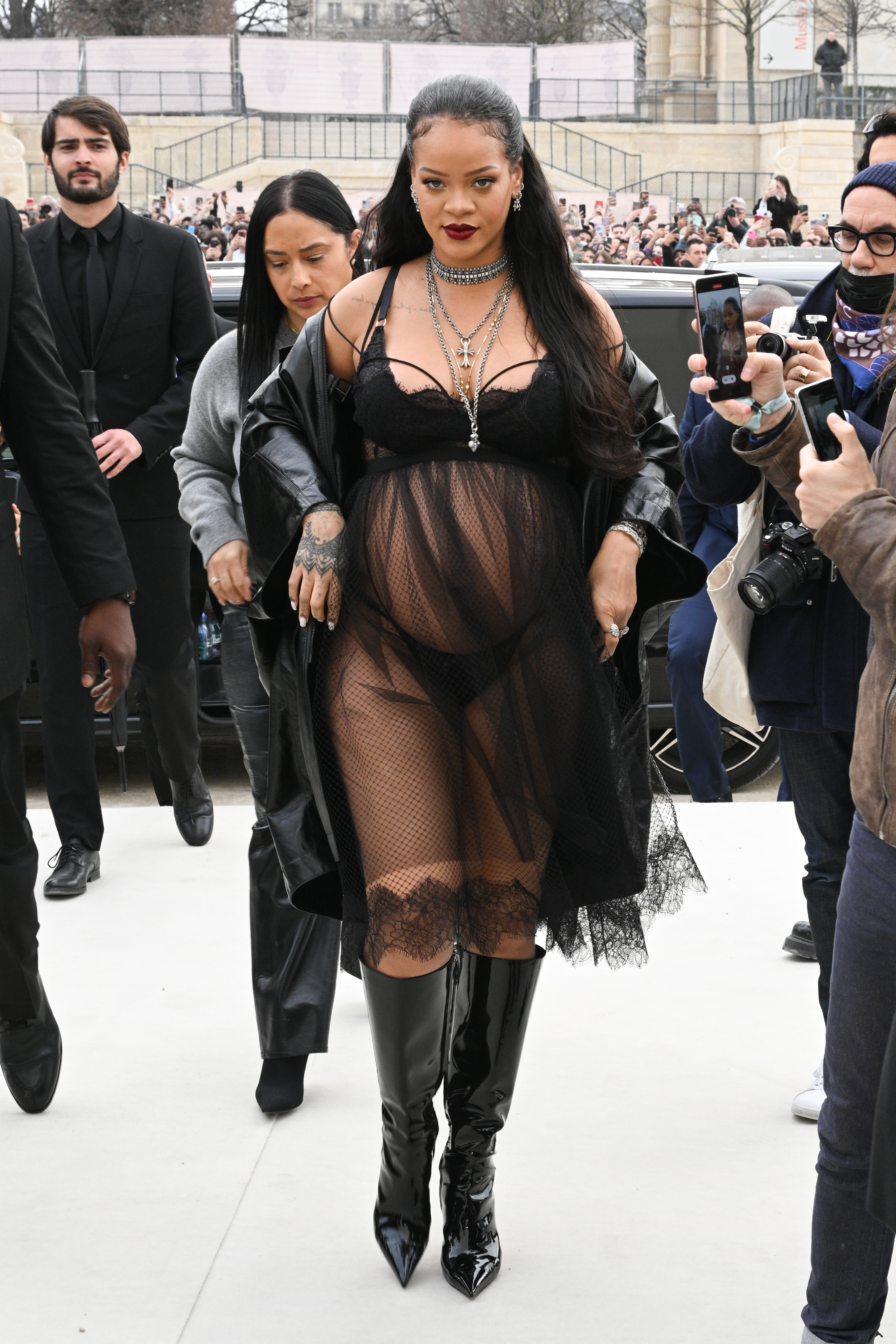
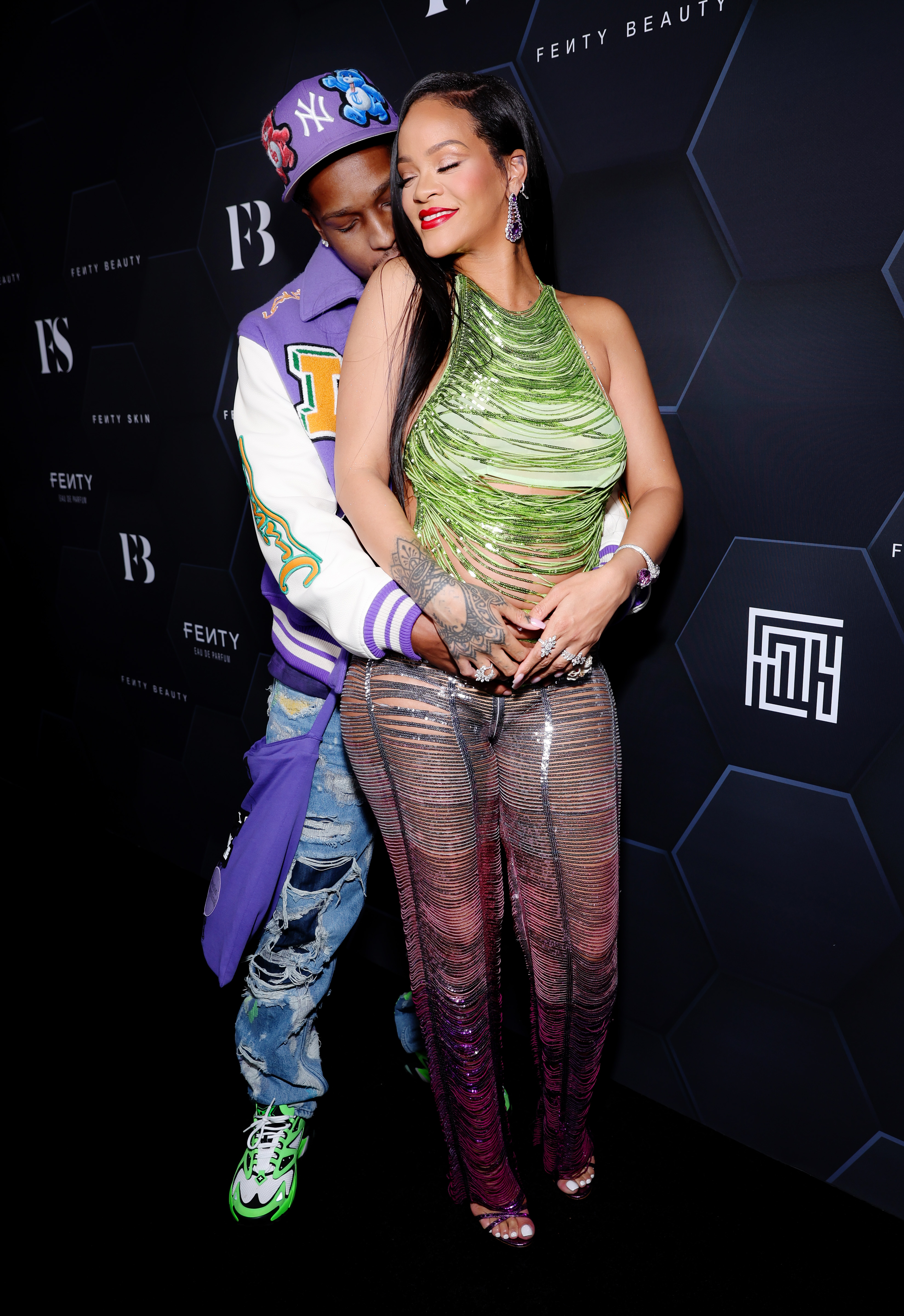
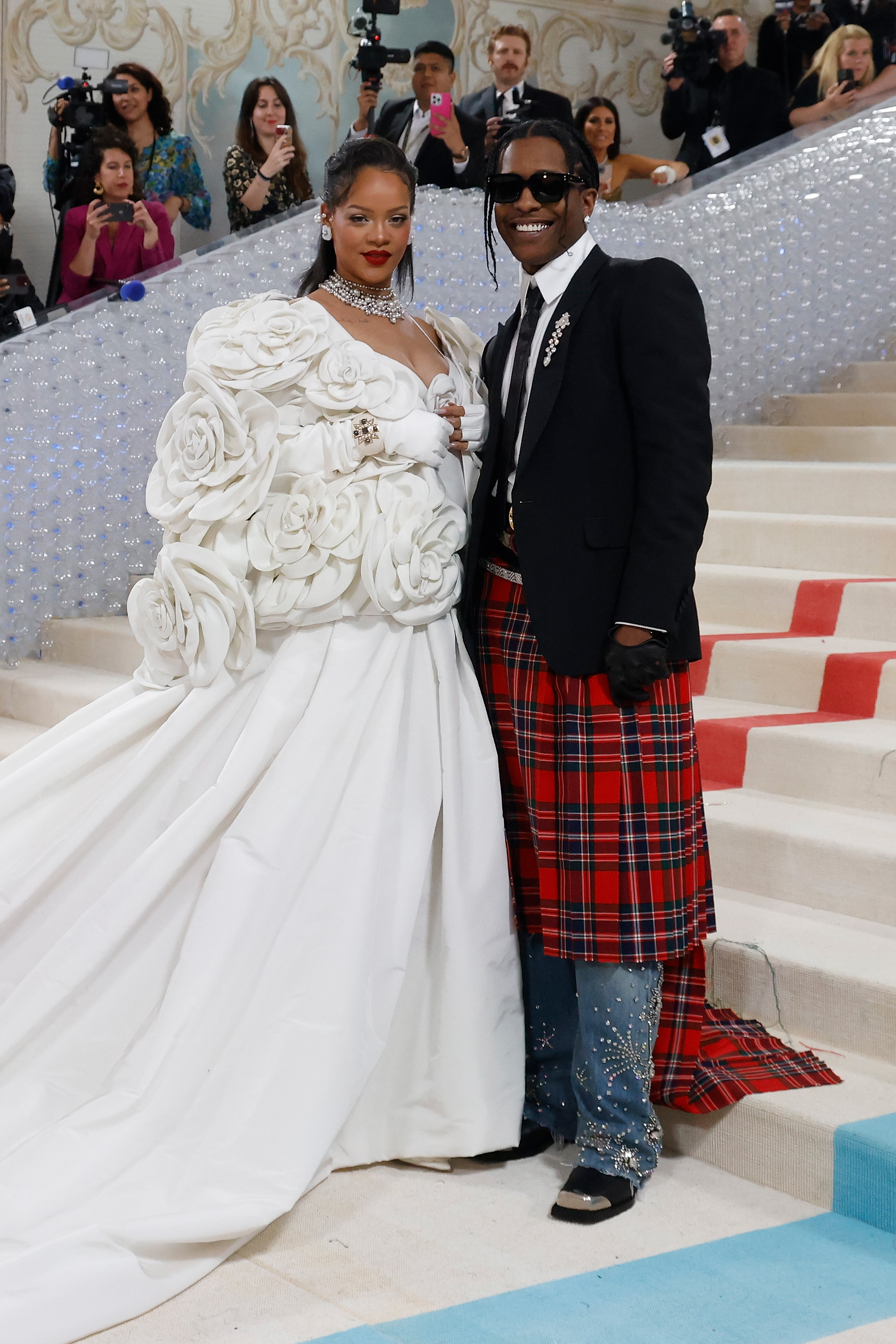
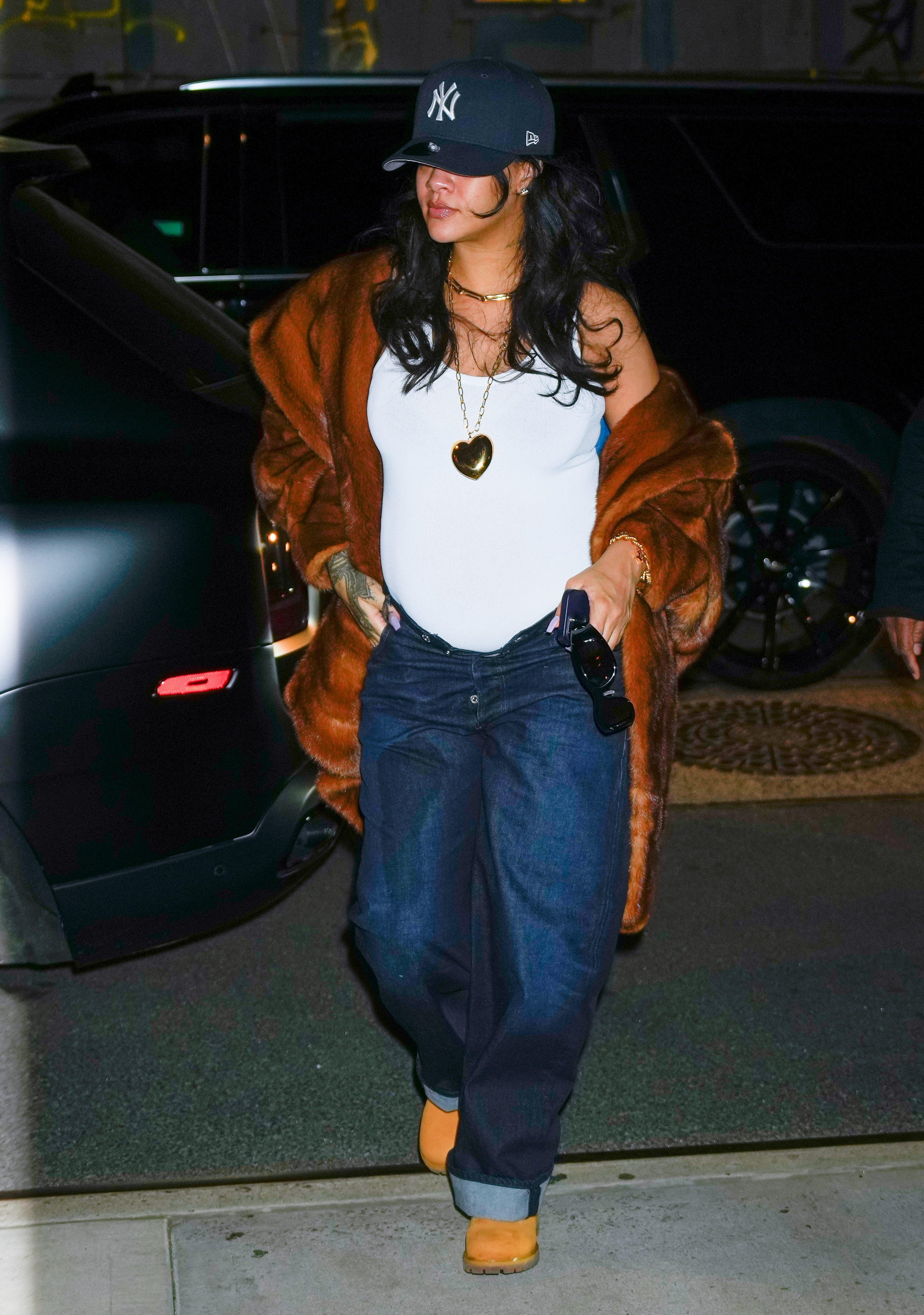
As she entered motherhood, she didn’t shrink into modesty. Instead, she redefined maternity fashion on her own terms. She refused to treat pregnancy as something to be hidden, and in doing so, sparked a global conversation about visibility, womanhood, and power.
Her fashion choices today are an elegant blend of her past signatures: the glamour of her haute couture years, the edge of her Rated R rebellion, the island ease of her youth. Whether she’s swathed in custom Bottega or walking the streets in slouchy vintage denim, there’s an ease and a mastery to it all. She also looks like she’s having an awful lot of fun, which shouldn’t be a rarity, but is.
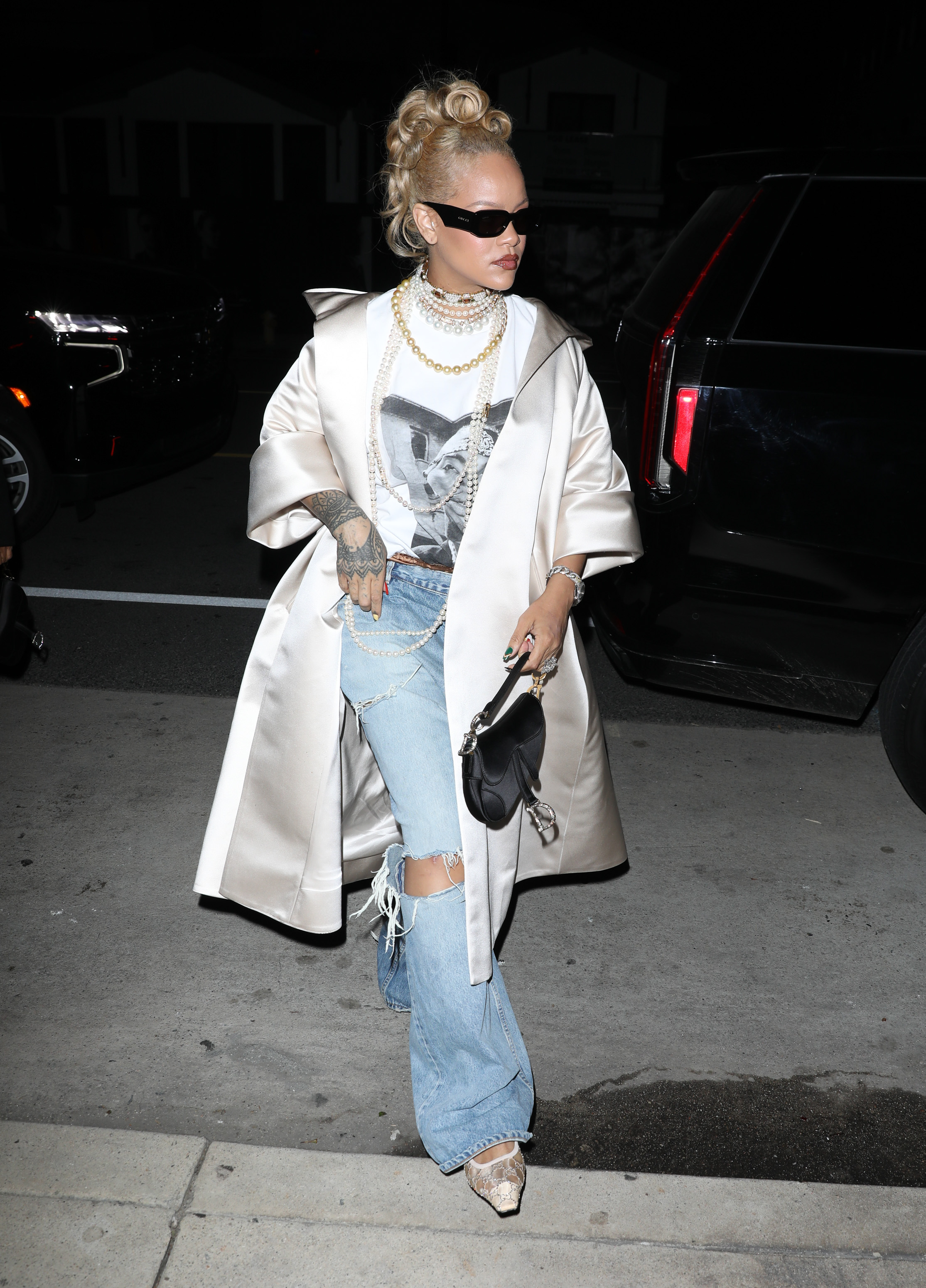
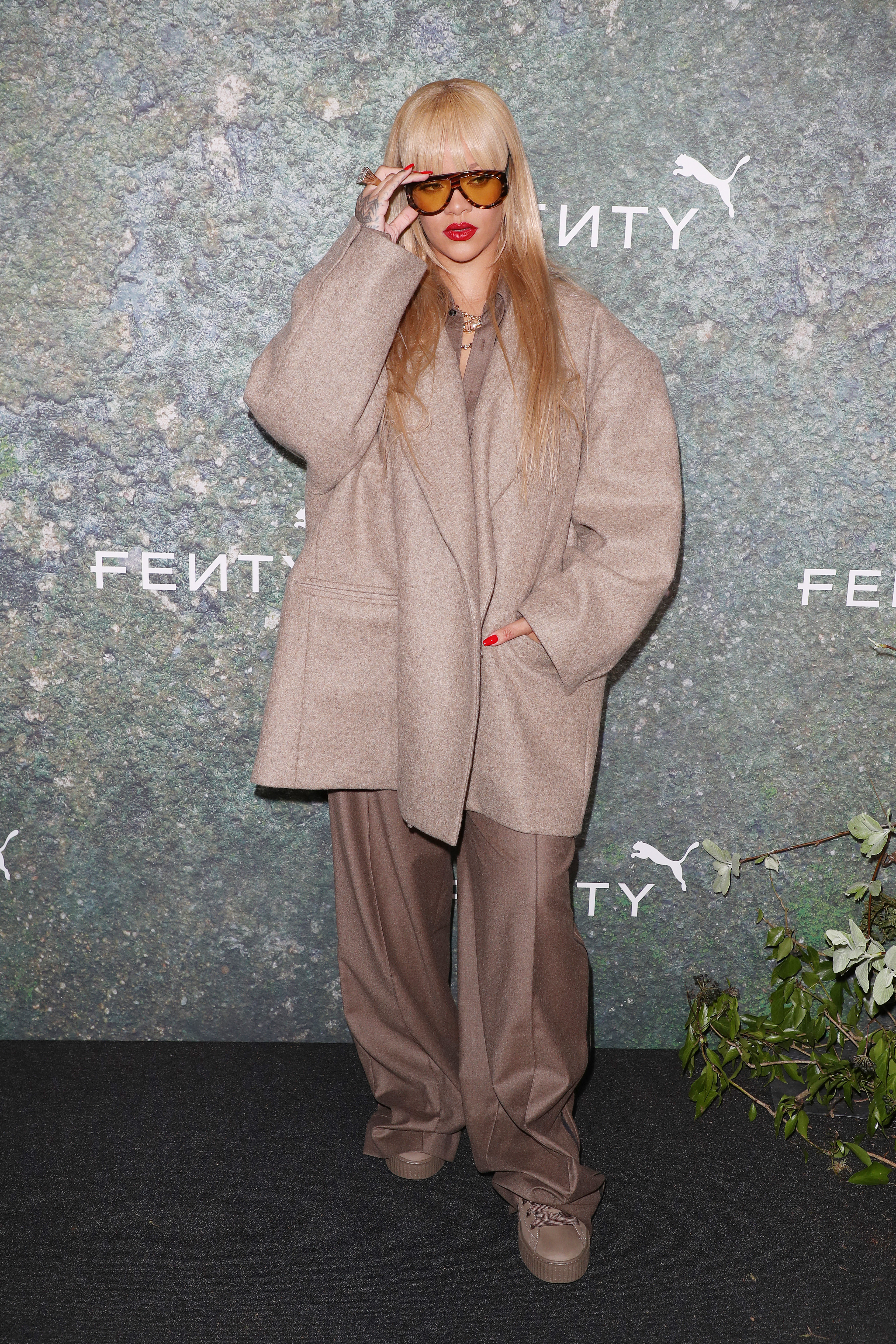
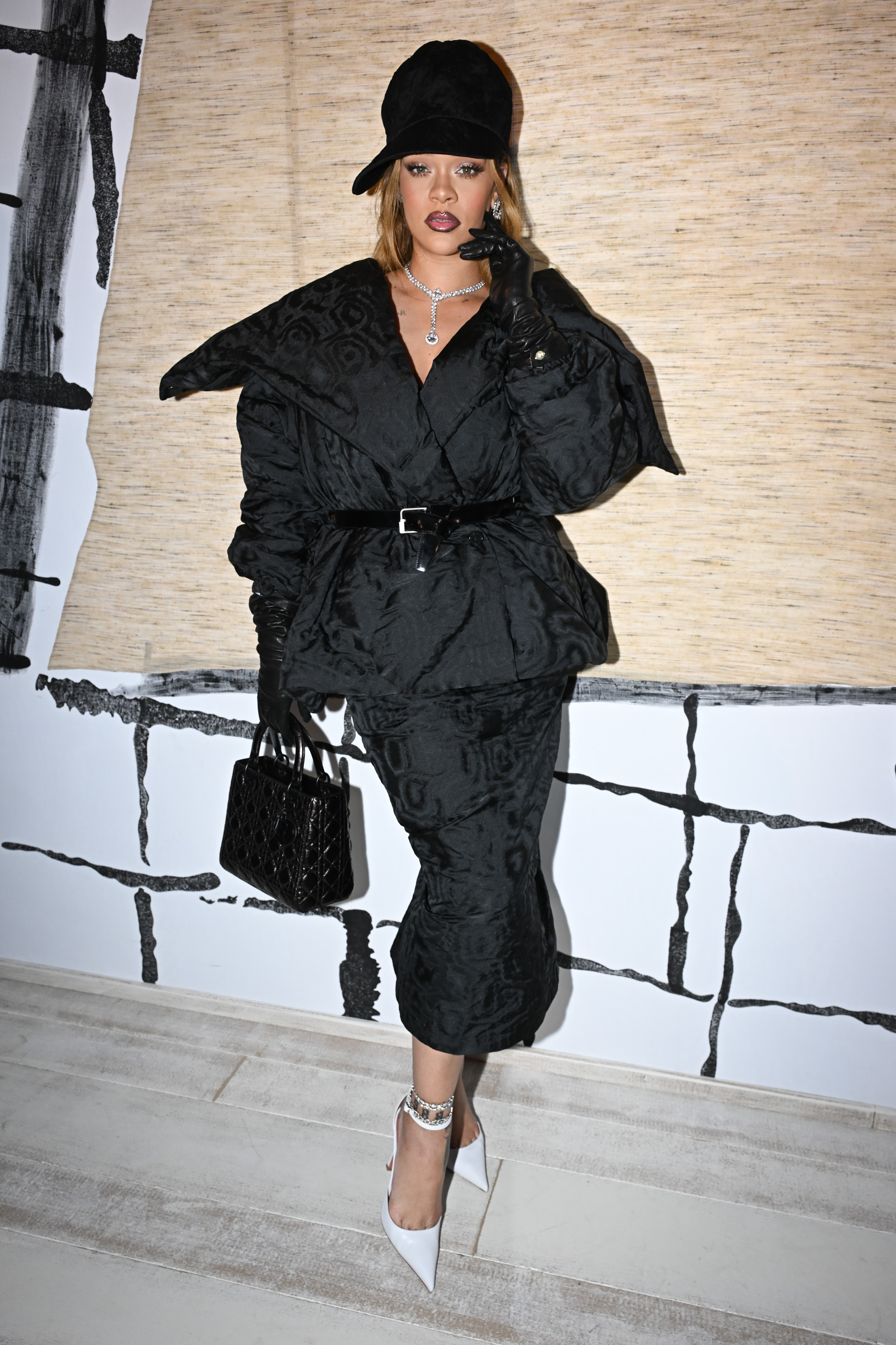
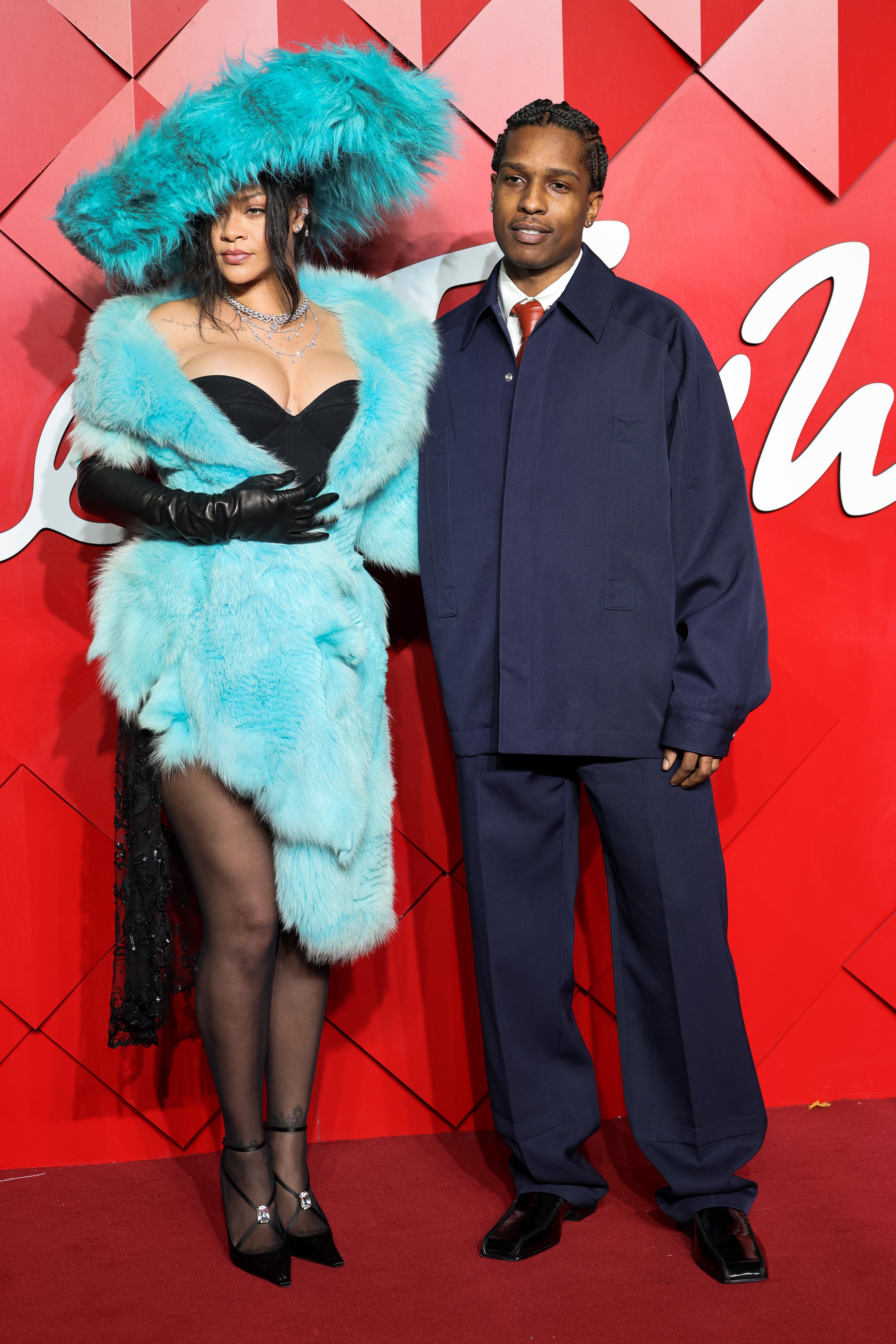
And yet, Rihanna’s style story isn’t just her own. It’s also a mirror of culture’s shifting face. She has brought Blackness, Caribbean heritage, body diversity, and queer aesthetics into the fashion mainstream—not as token gestures, but as core values. Her fashion isn’t just about beauty or trendsetting; it’s about building worlds where more people can see themselves reflected.
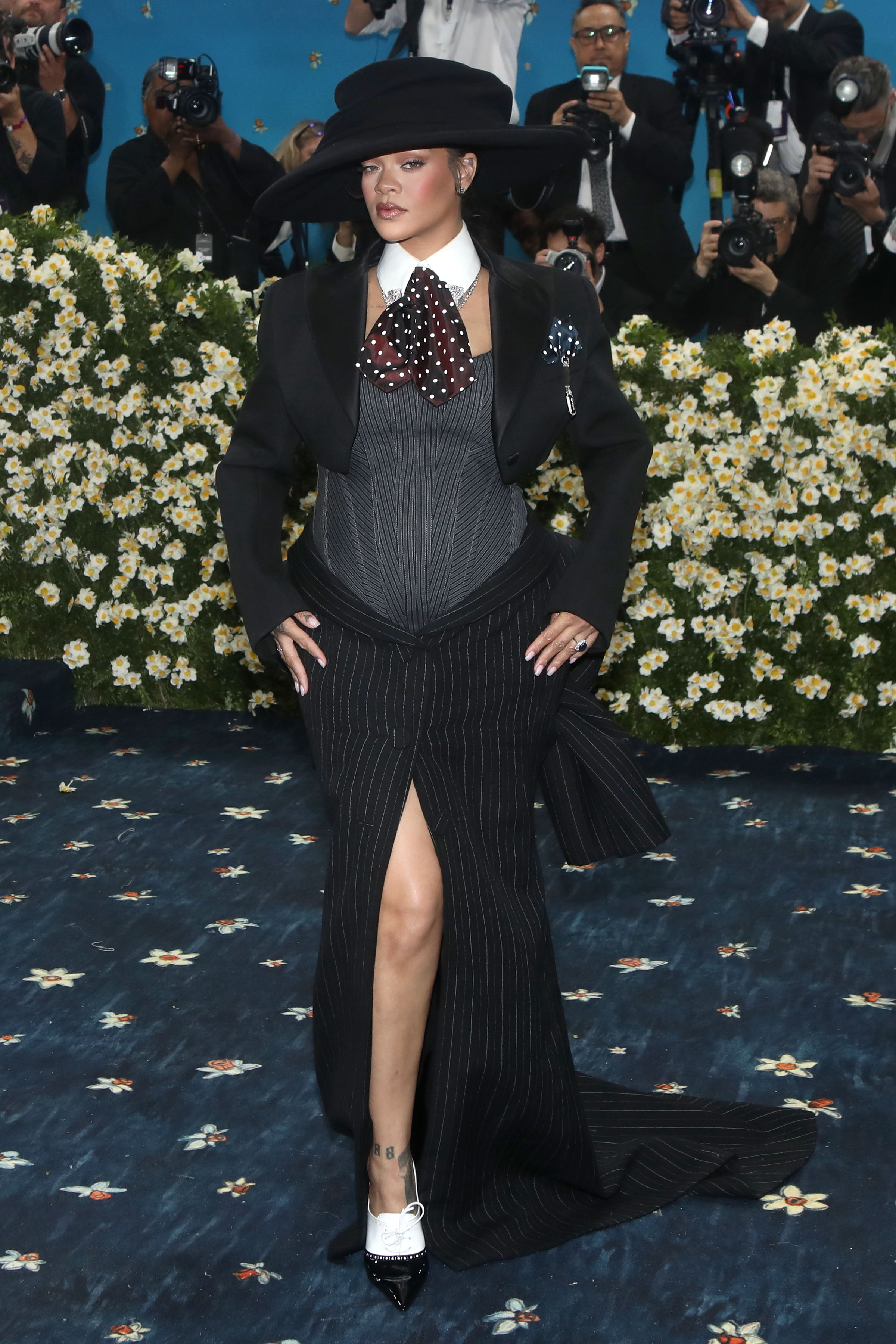
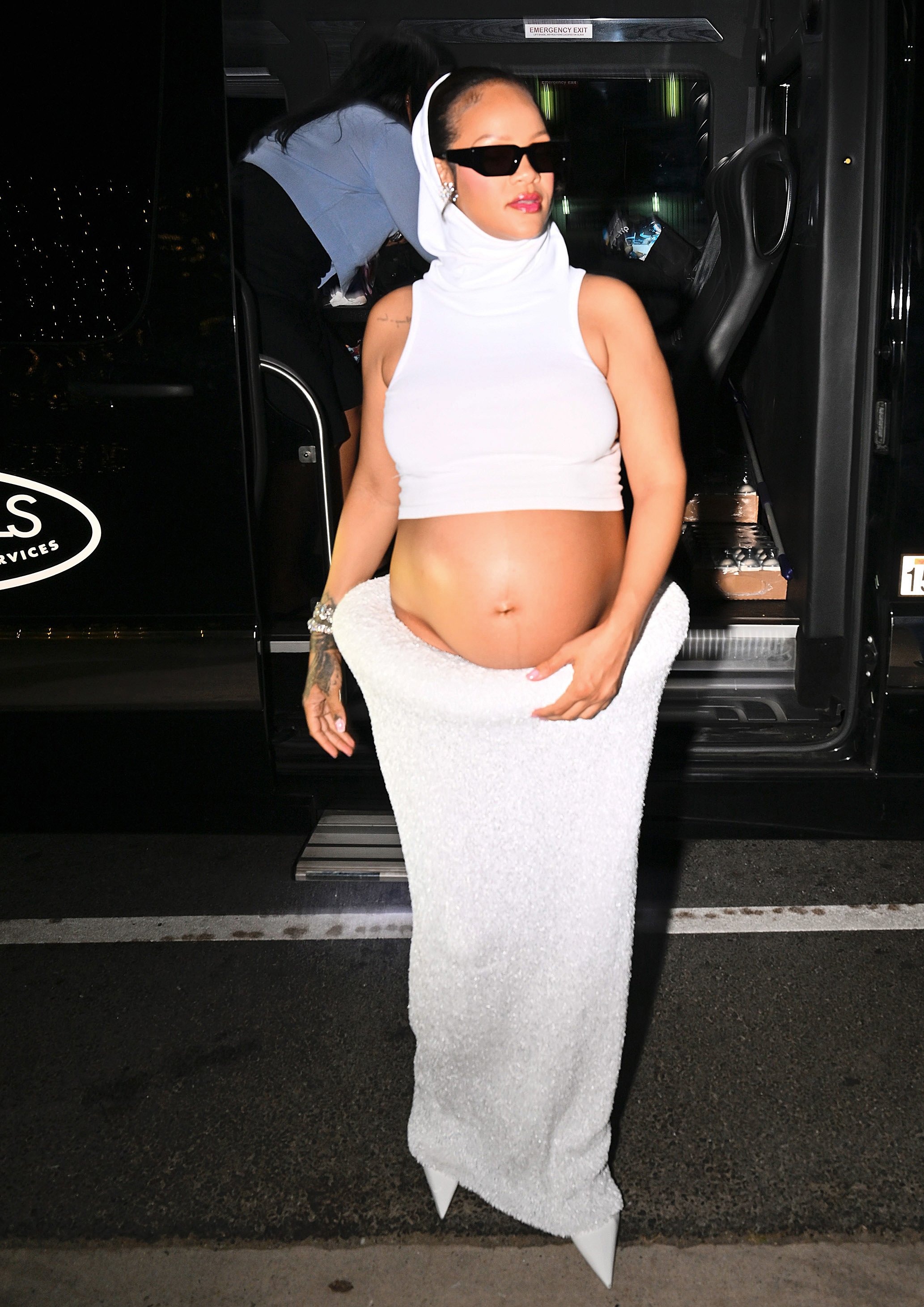
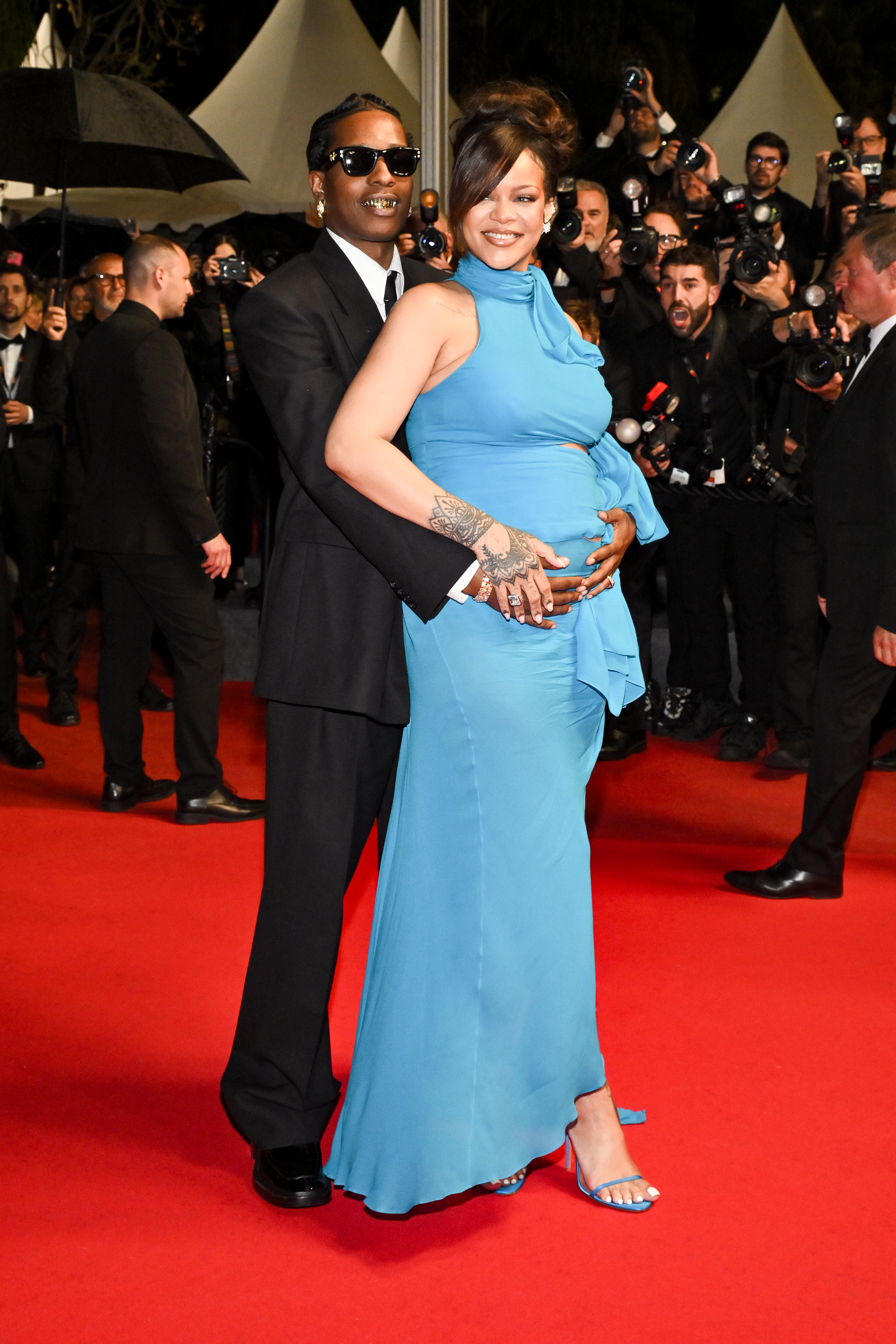
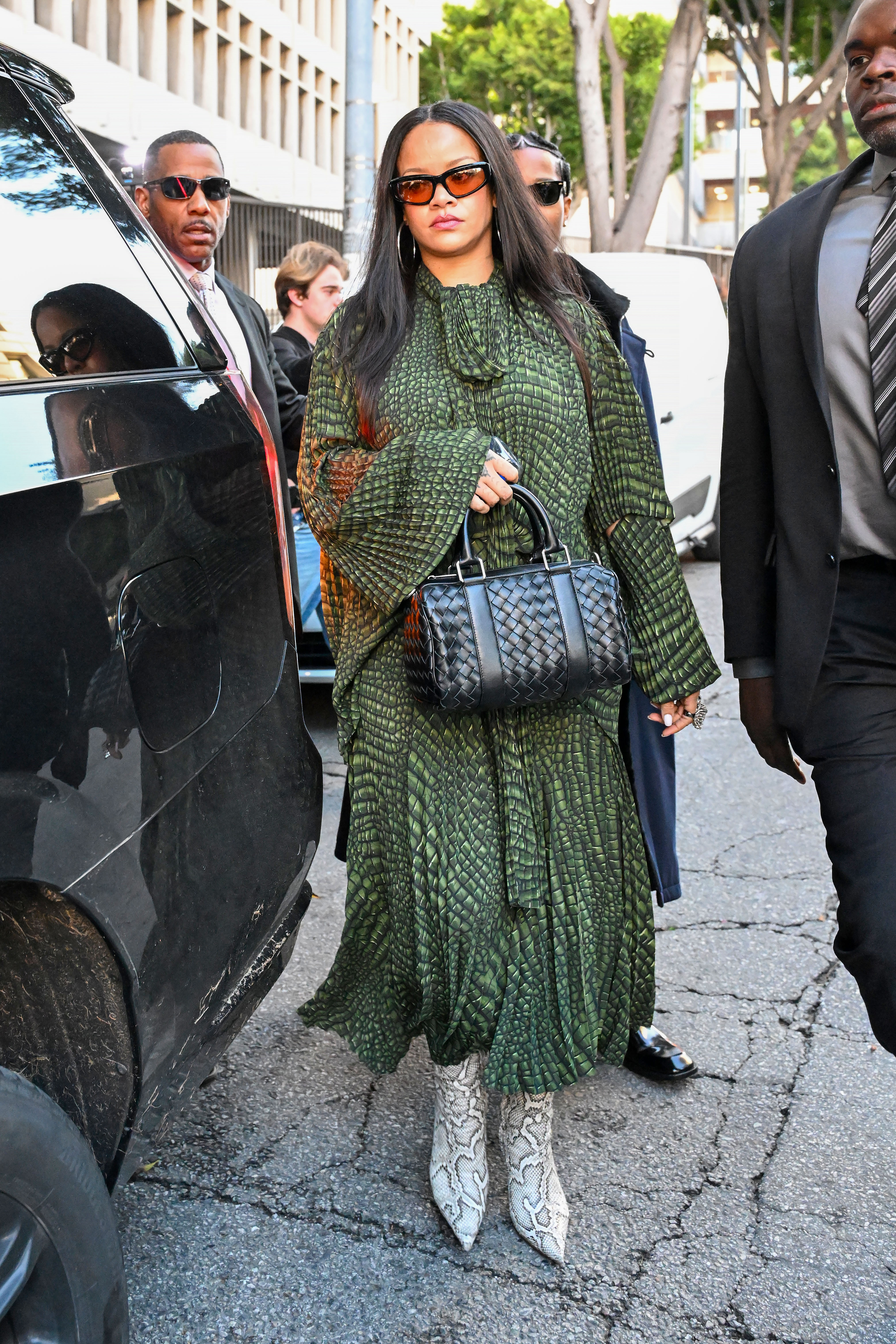
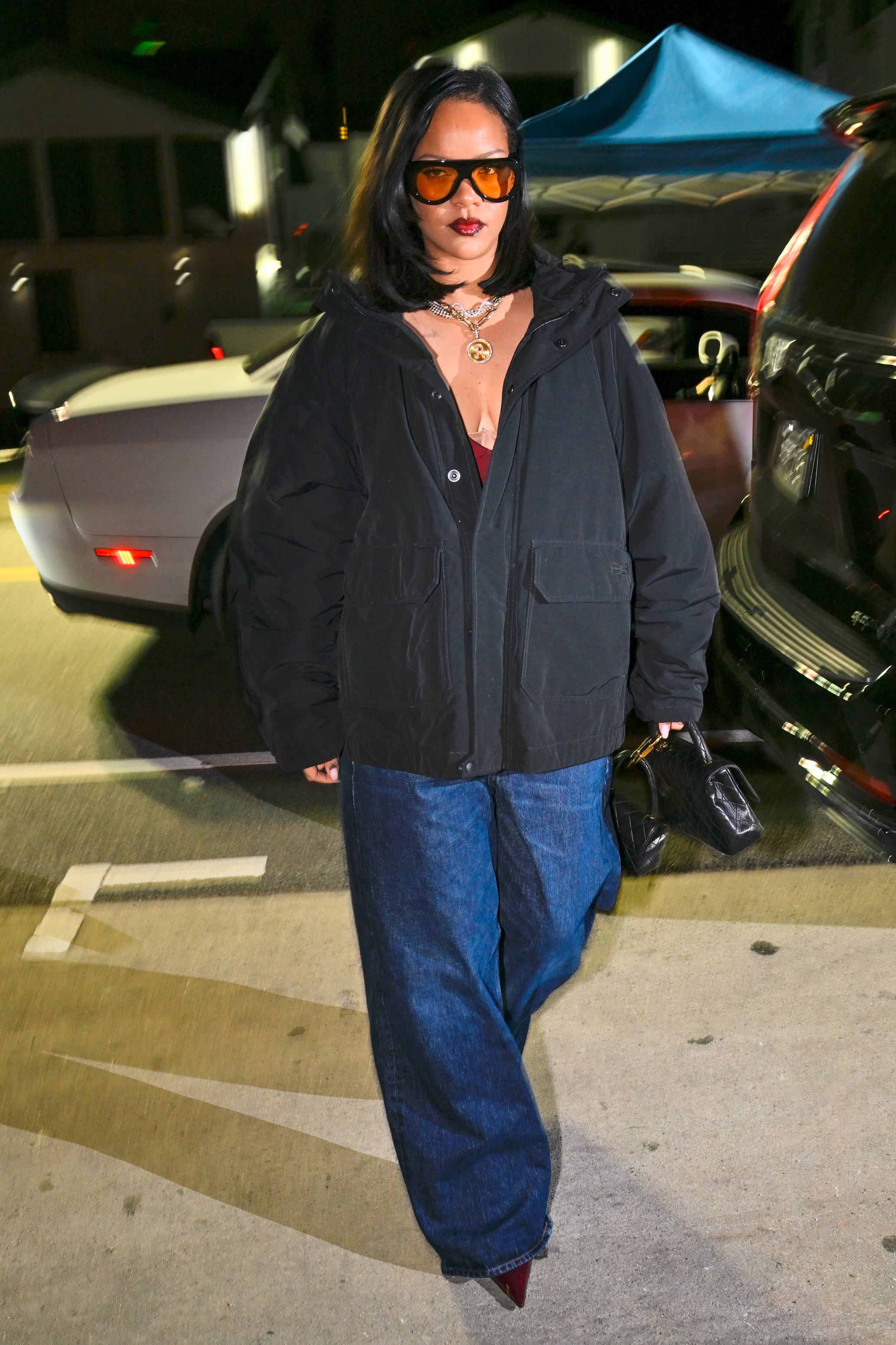
Rihanna’s style legacy is one of fearless reinvention and radical visibility. She has never been content to follow fashion, instead preferring to redirect it, redefined it, and reimagined its possibilities. From red carpets to airport runways, she’s made statements without saying a word.
And, in a world that often demands women shrink themselves, Rihanna has only expanded, taking up space, claiming pleasure, and dressing on her own terms. She’s opened doors, broken rules, and inspired future generations to do the same.
Shop Rihanna-Inspired Fashion
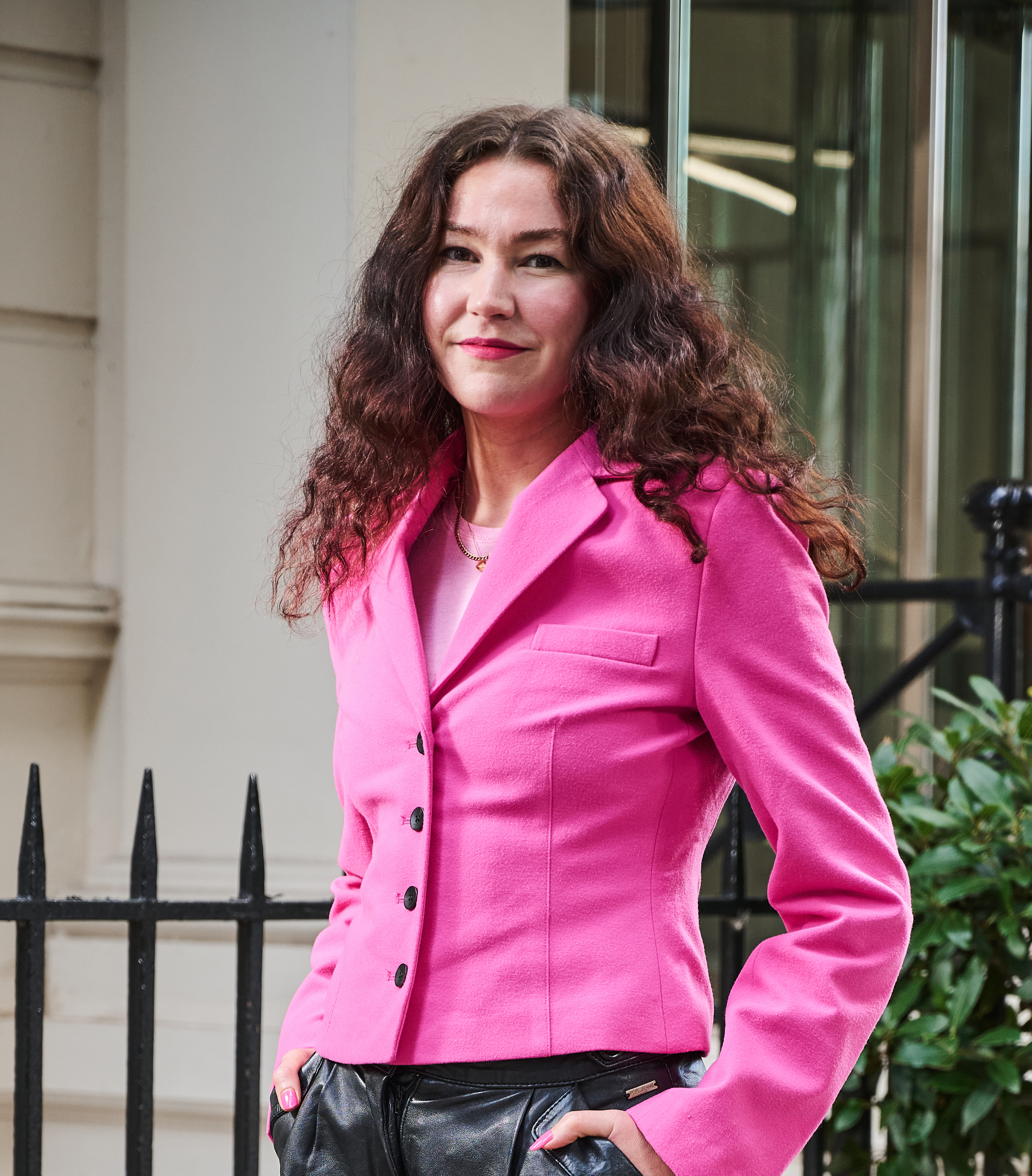
Mischa Anouk Smith is the News and Features Editor of Marie Claire UK.
From personal essays to purpose-driven stories, reported studies, and interviews with celebrities like Rosie Huntington-Whiteley and designers including Dries Van Noten, Mischa has been featured in publications such as Refinery29, Stylist and Dazed. Her work explores what it means to be a woman today and sits at the intersection of culture and style. In the spirit of eclecticism, she has also written about NFTs, mental health and the rise of AI bands.
